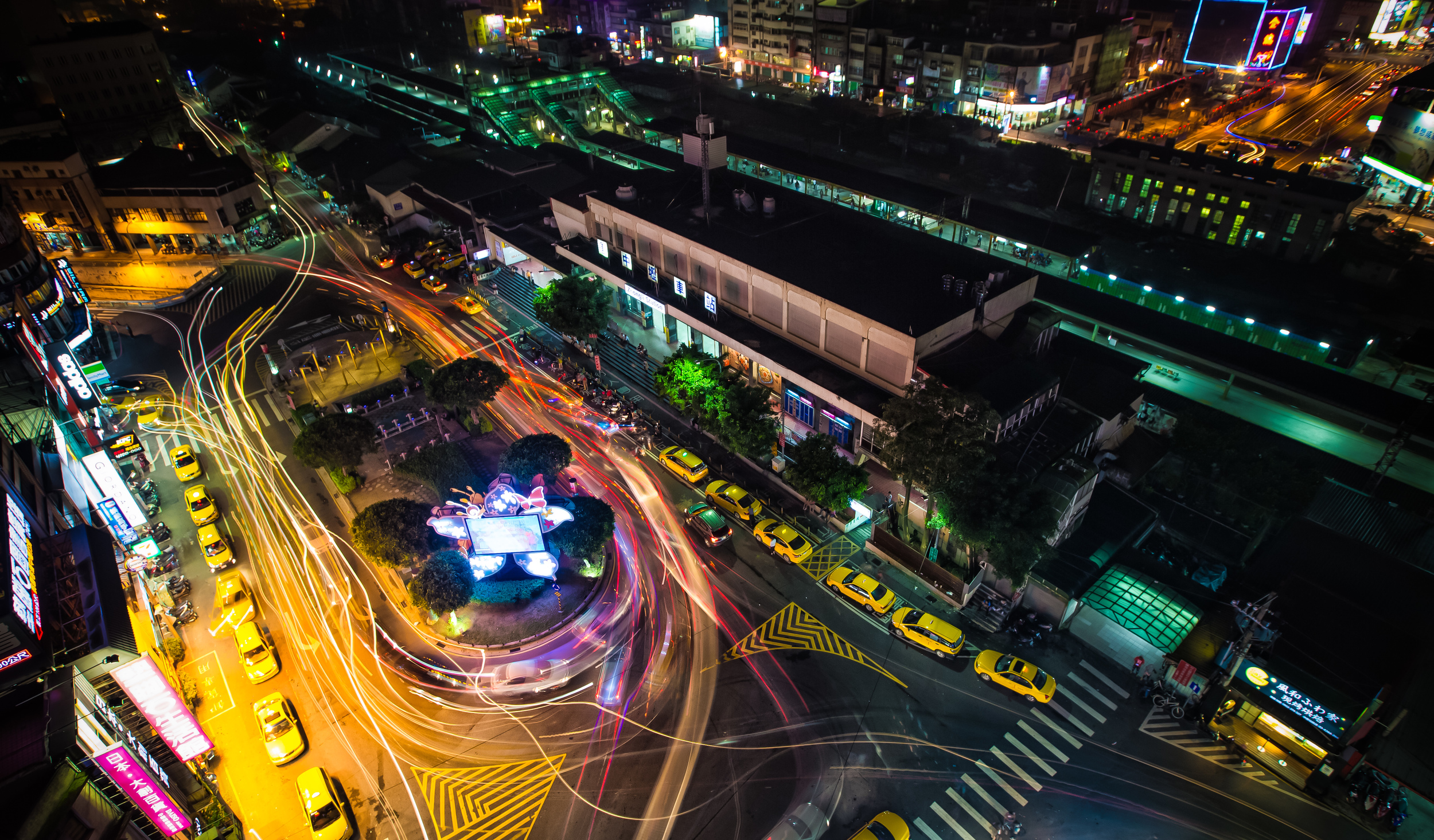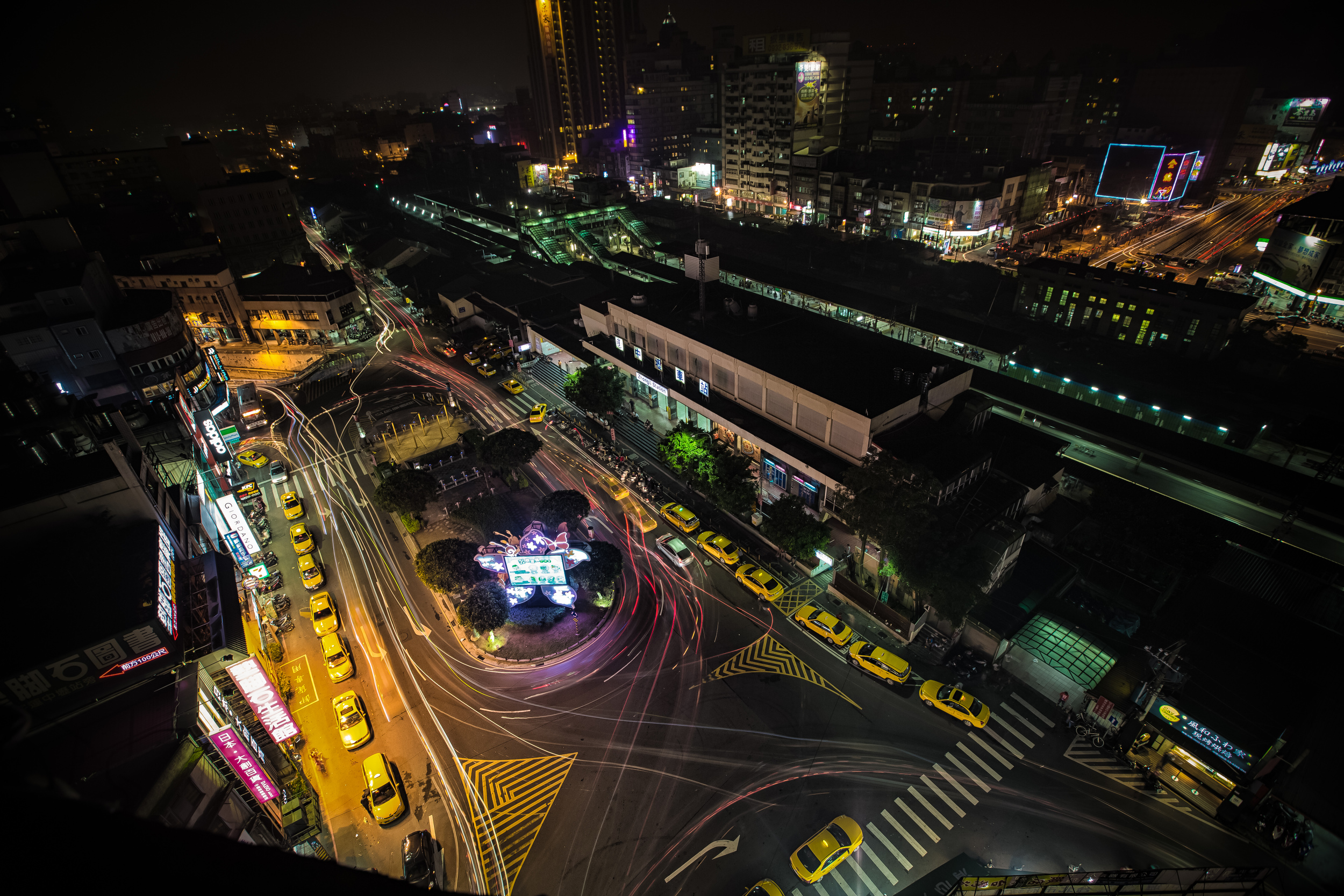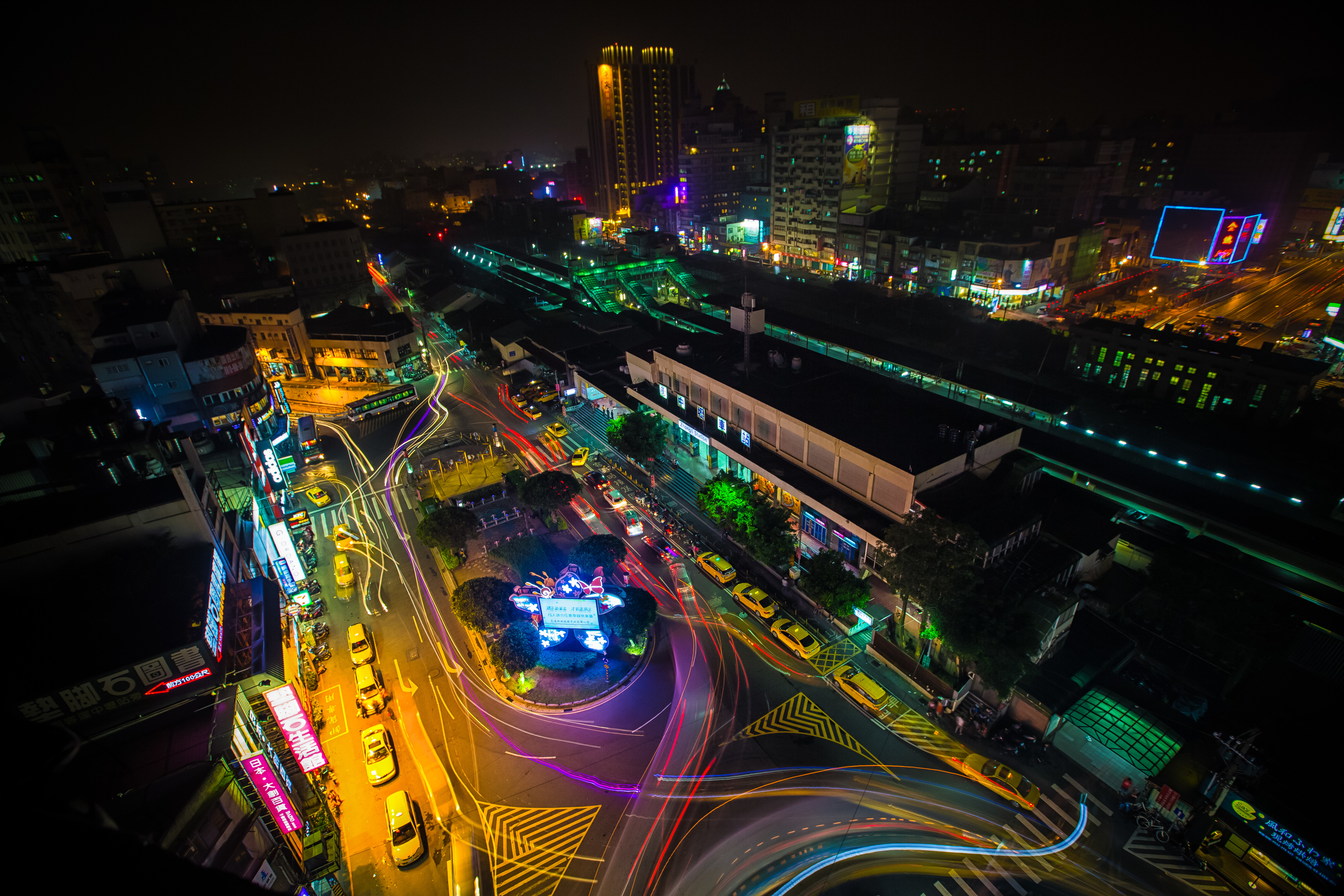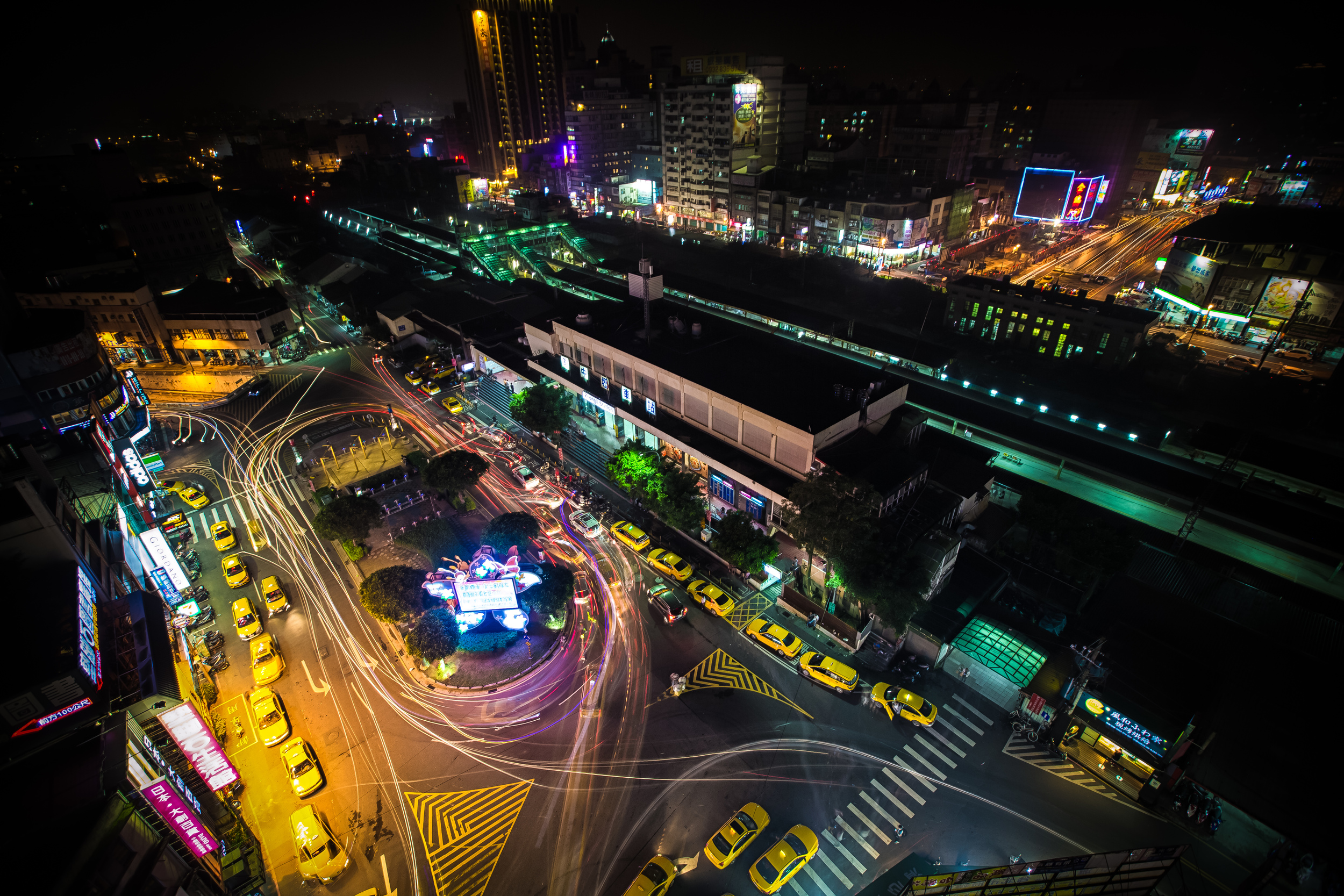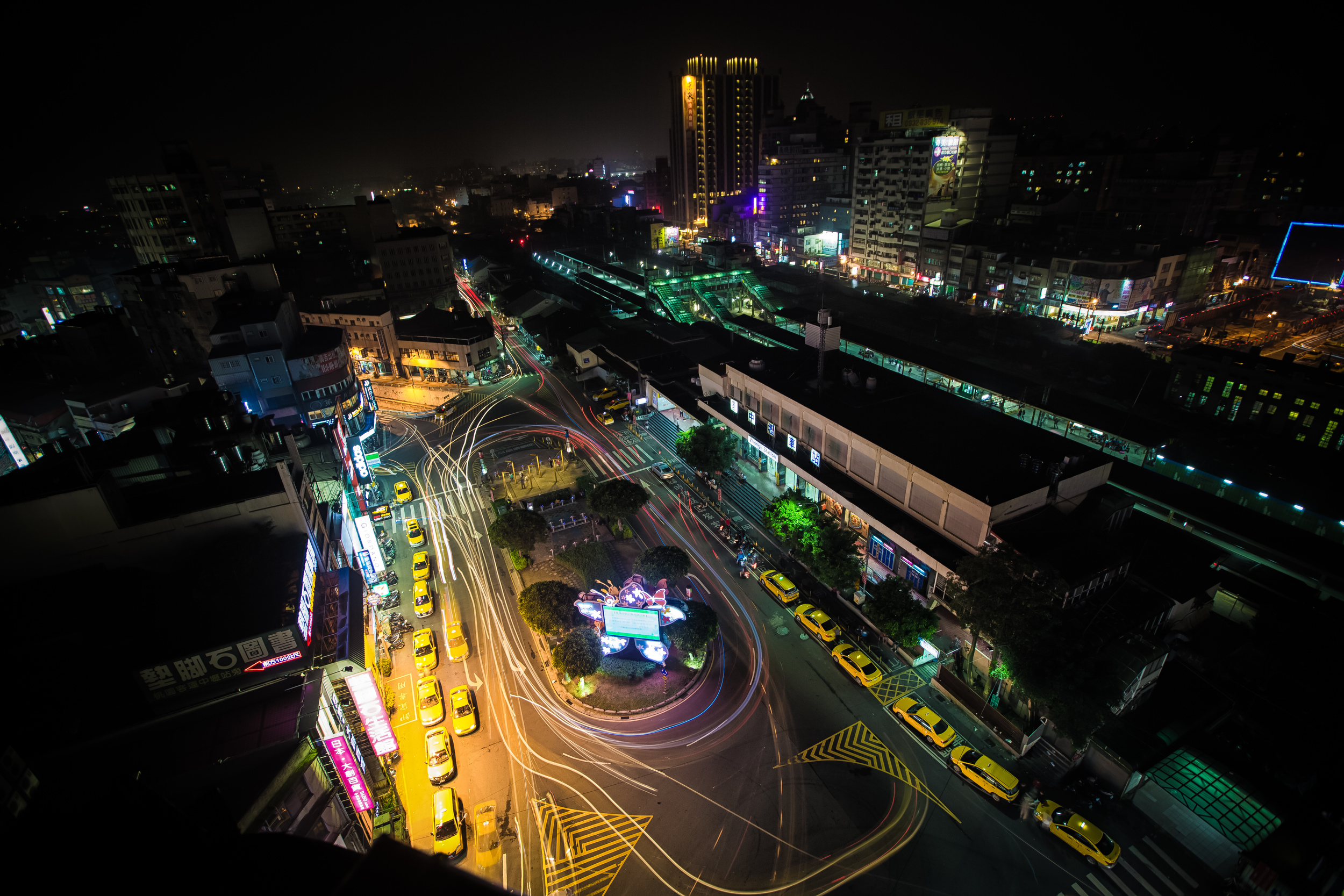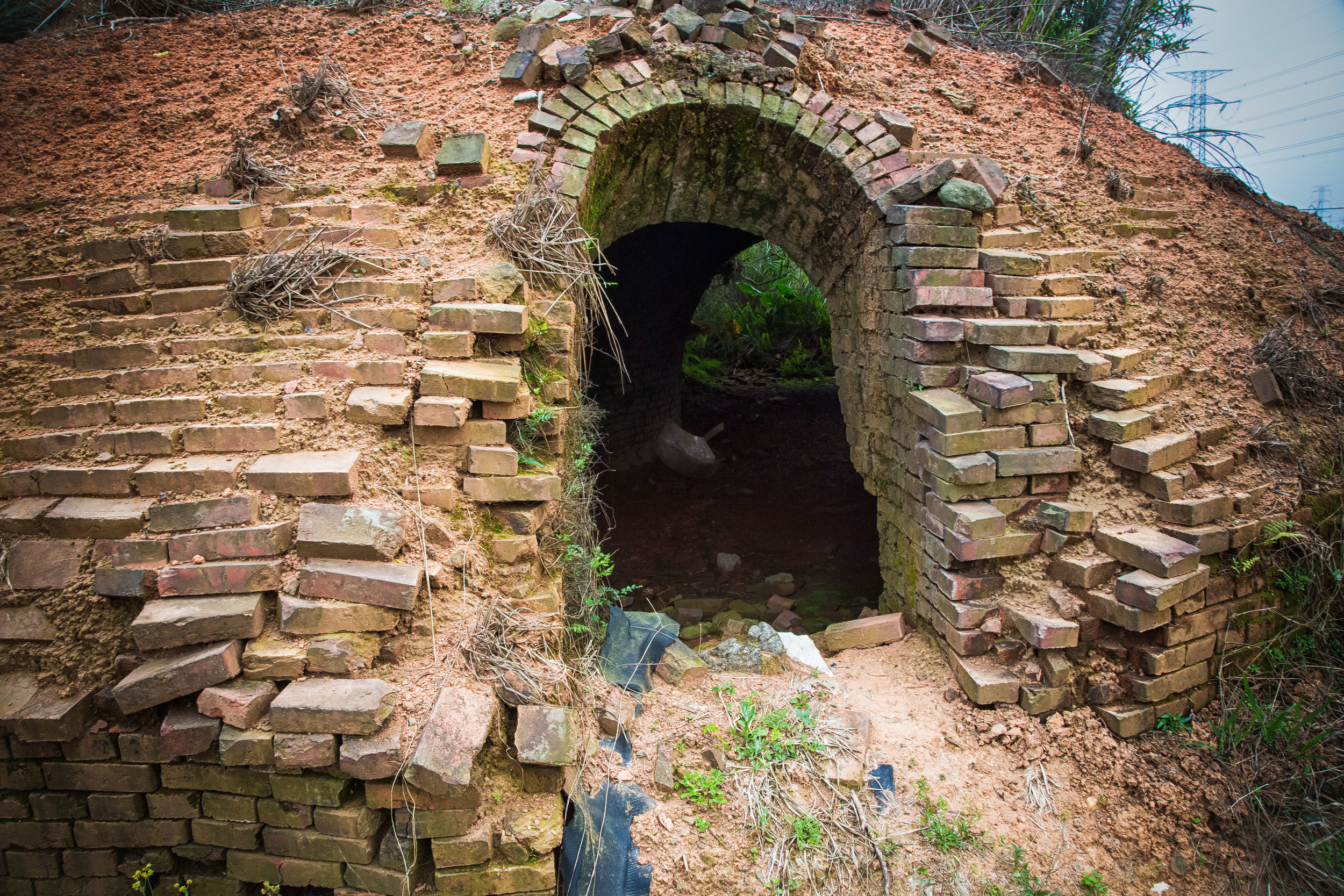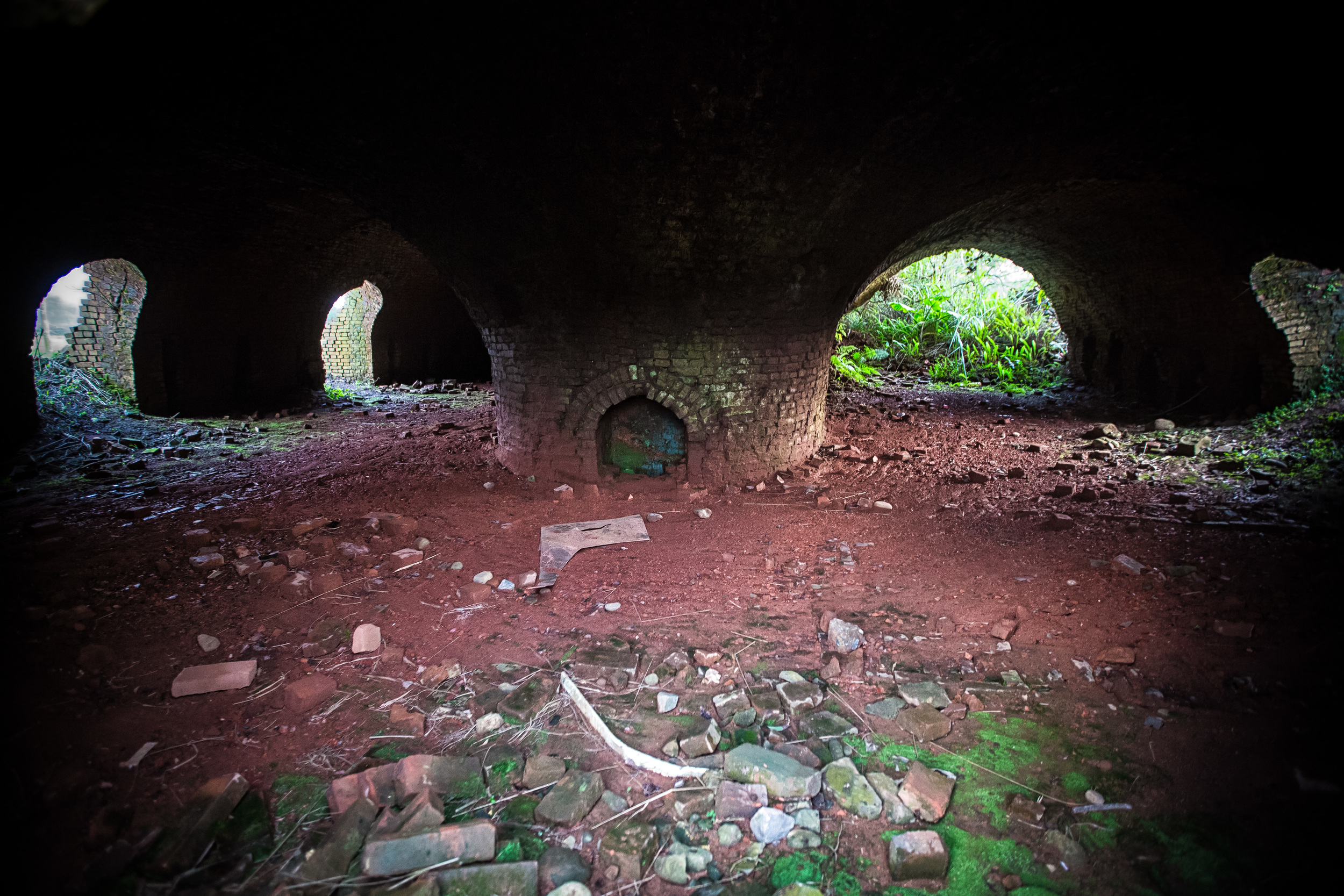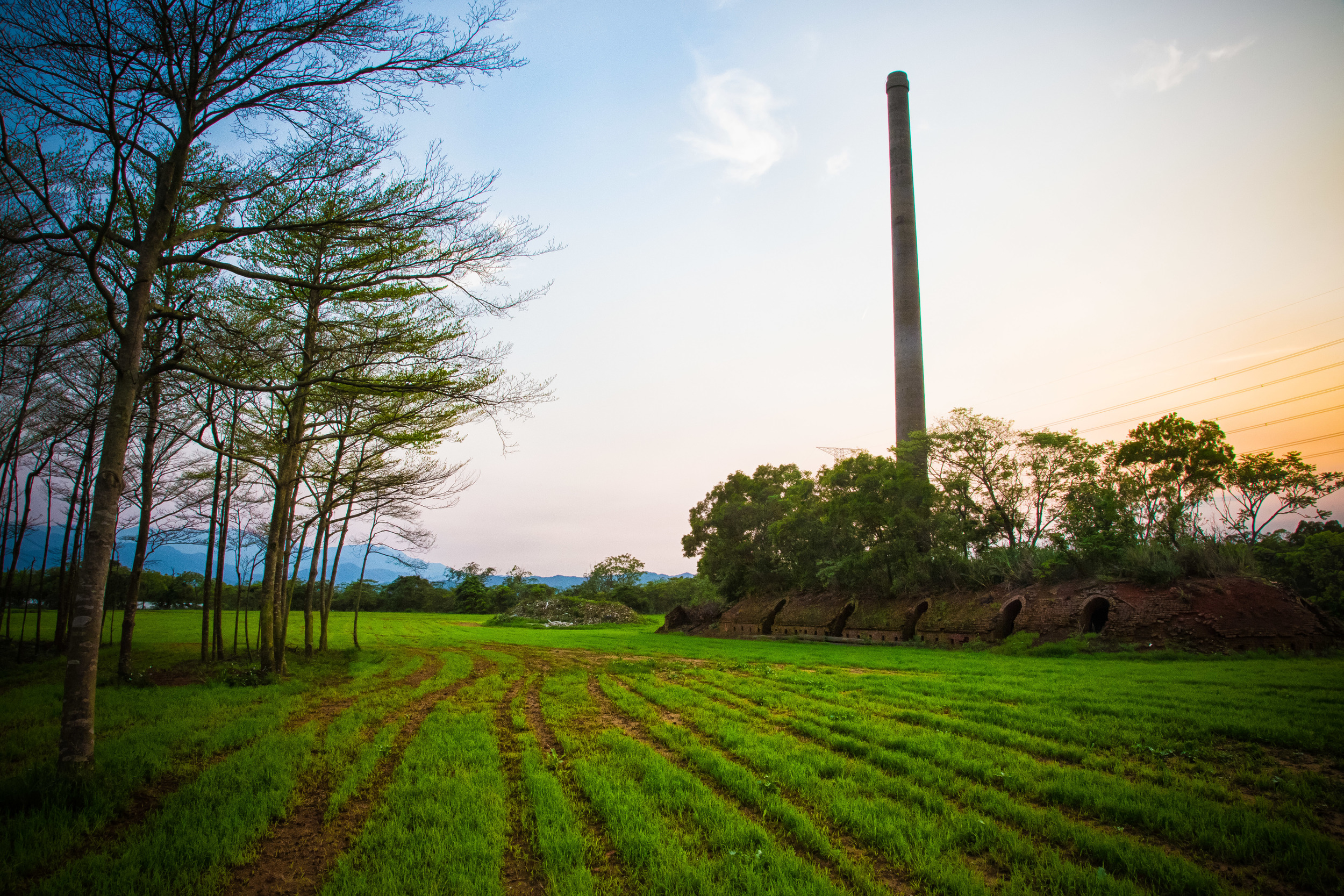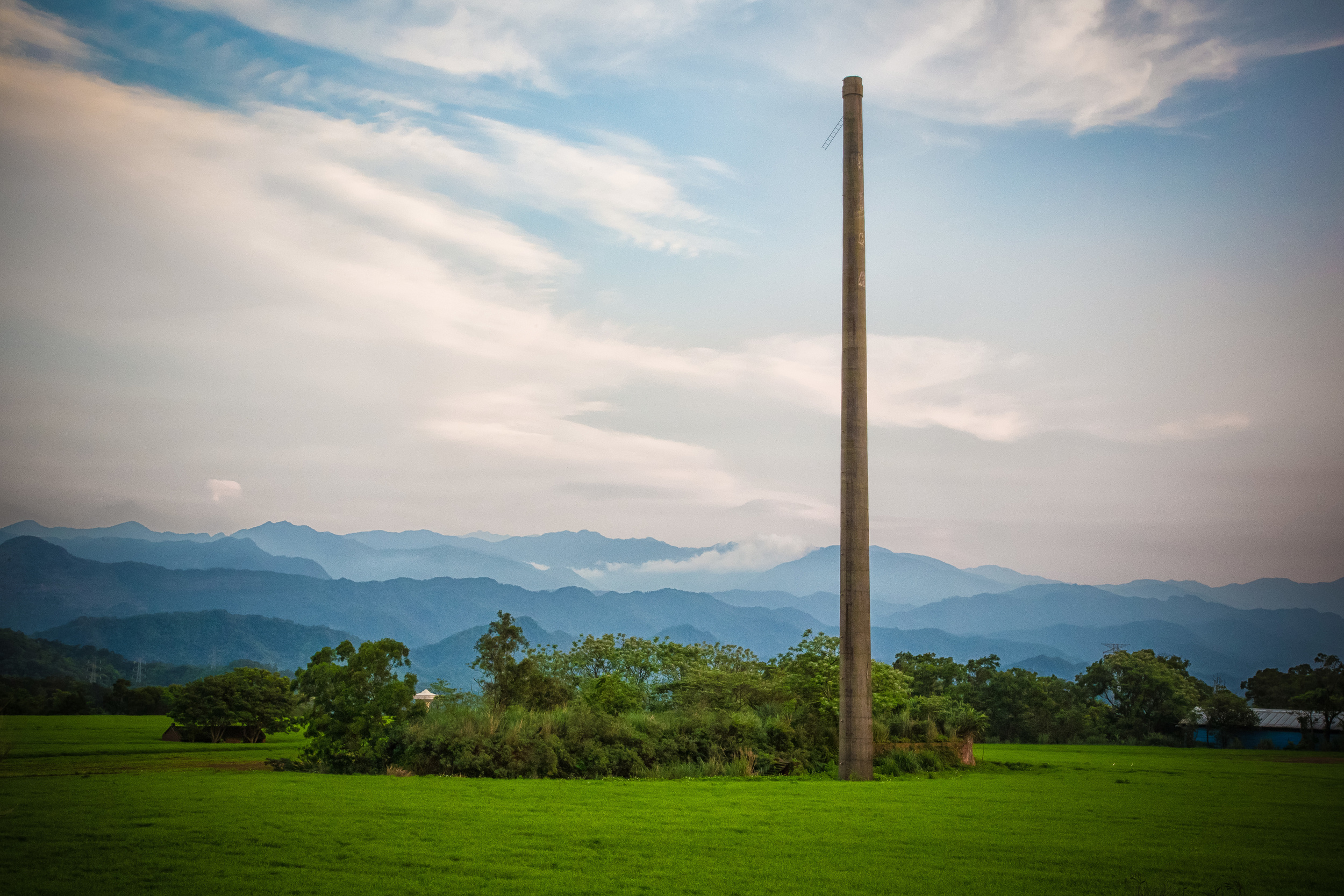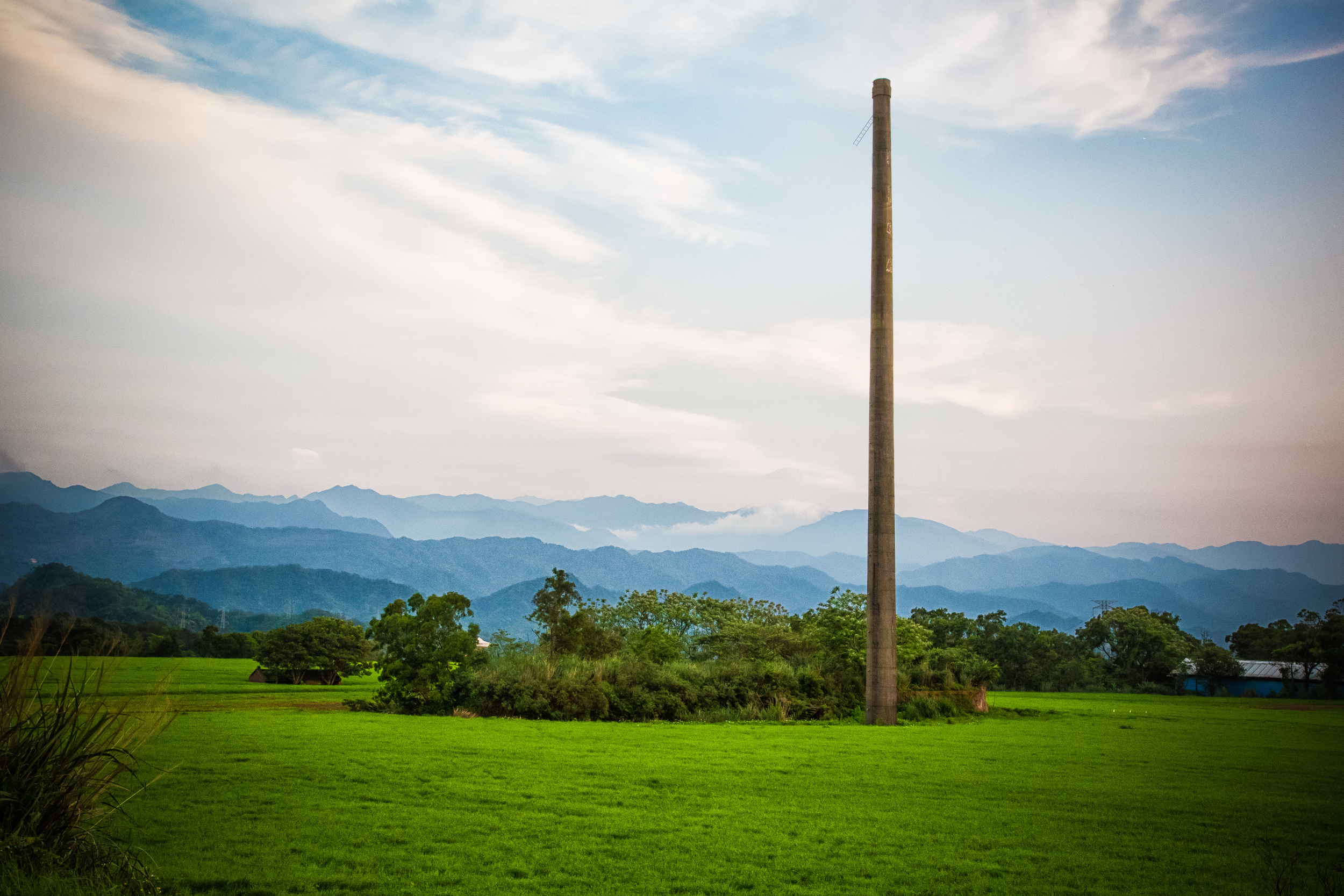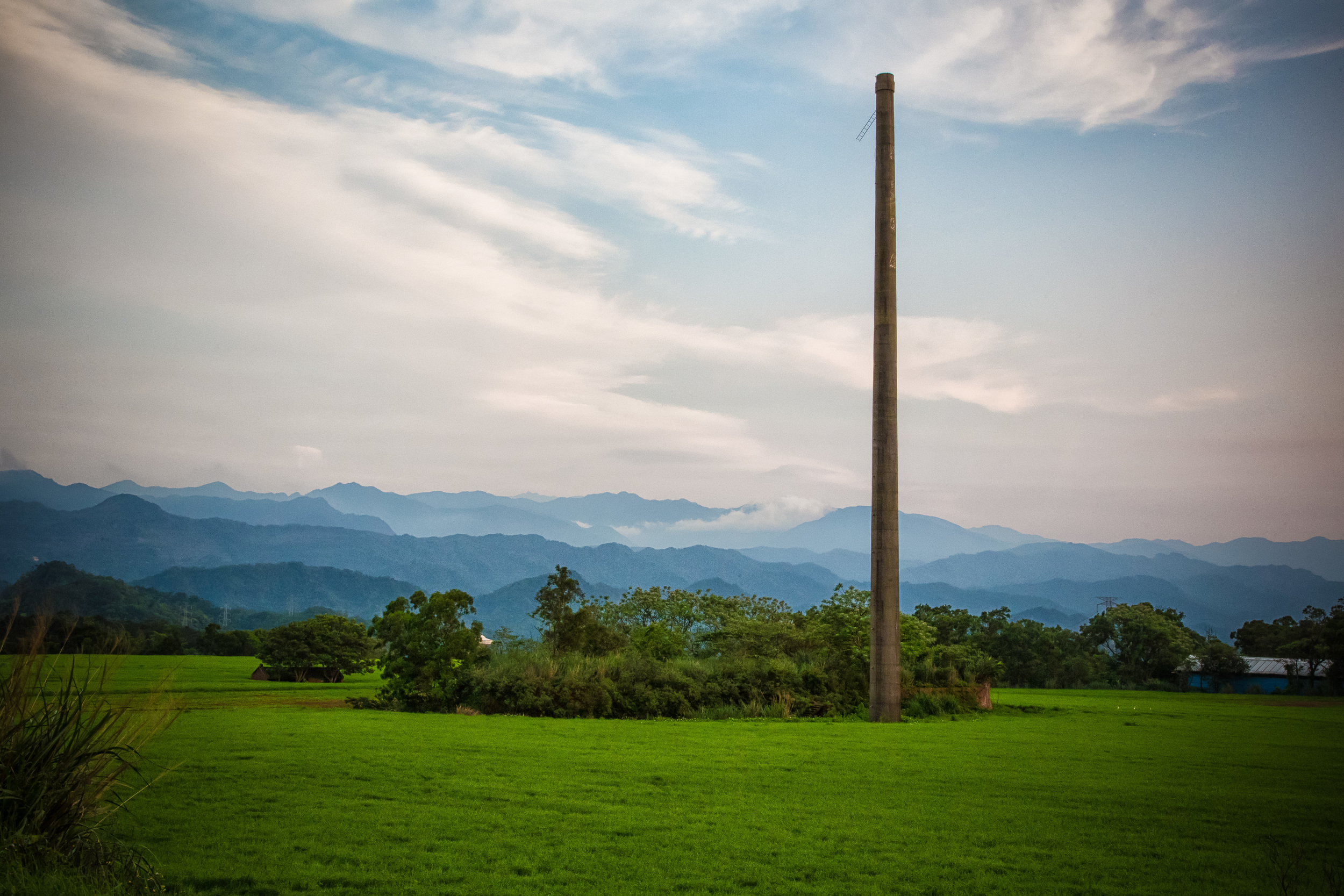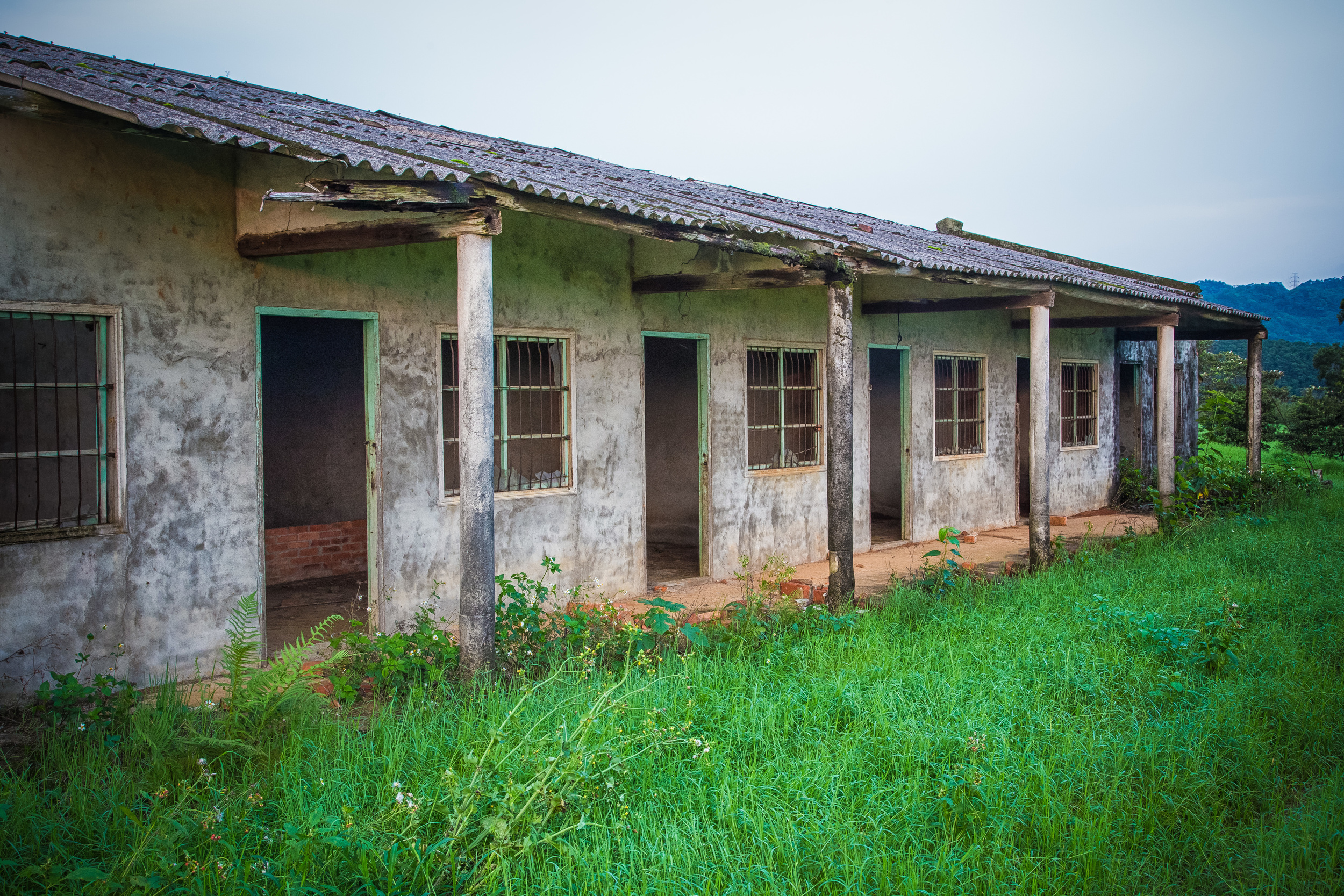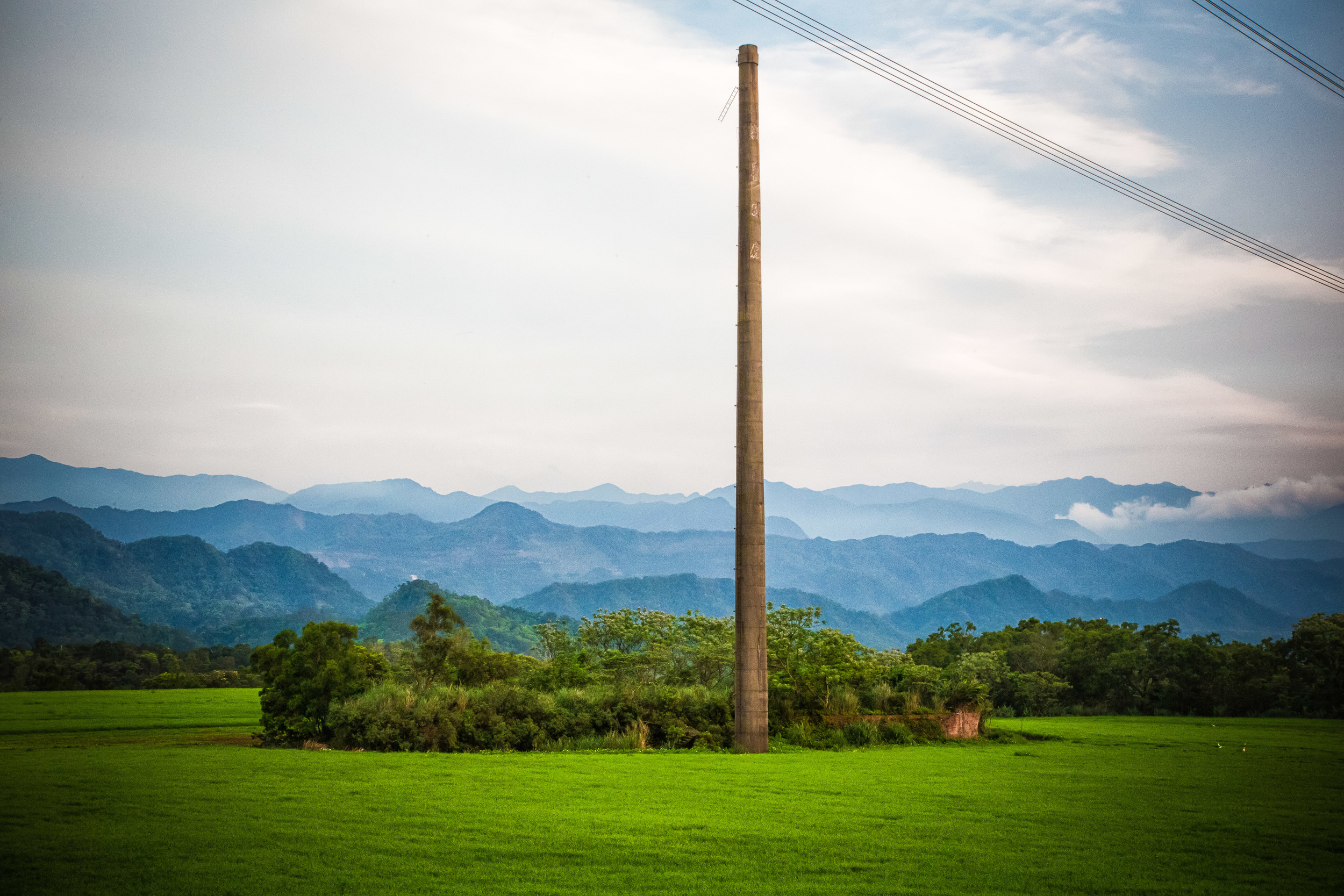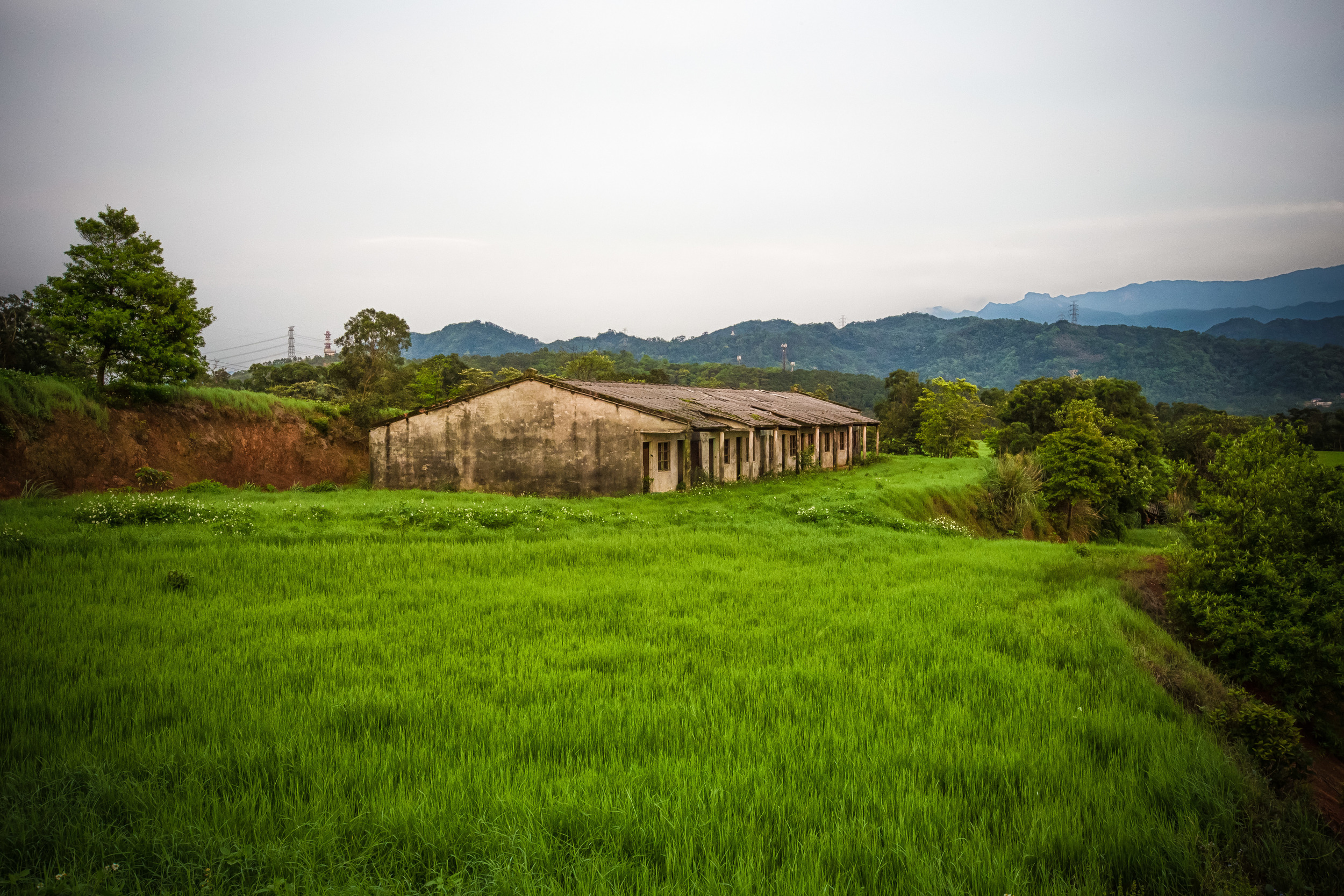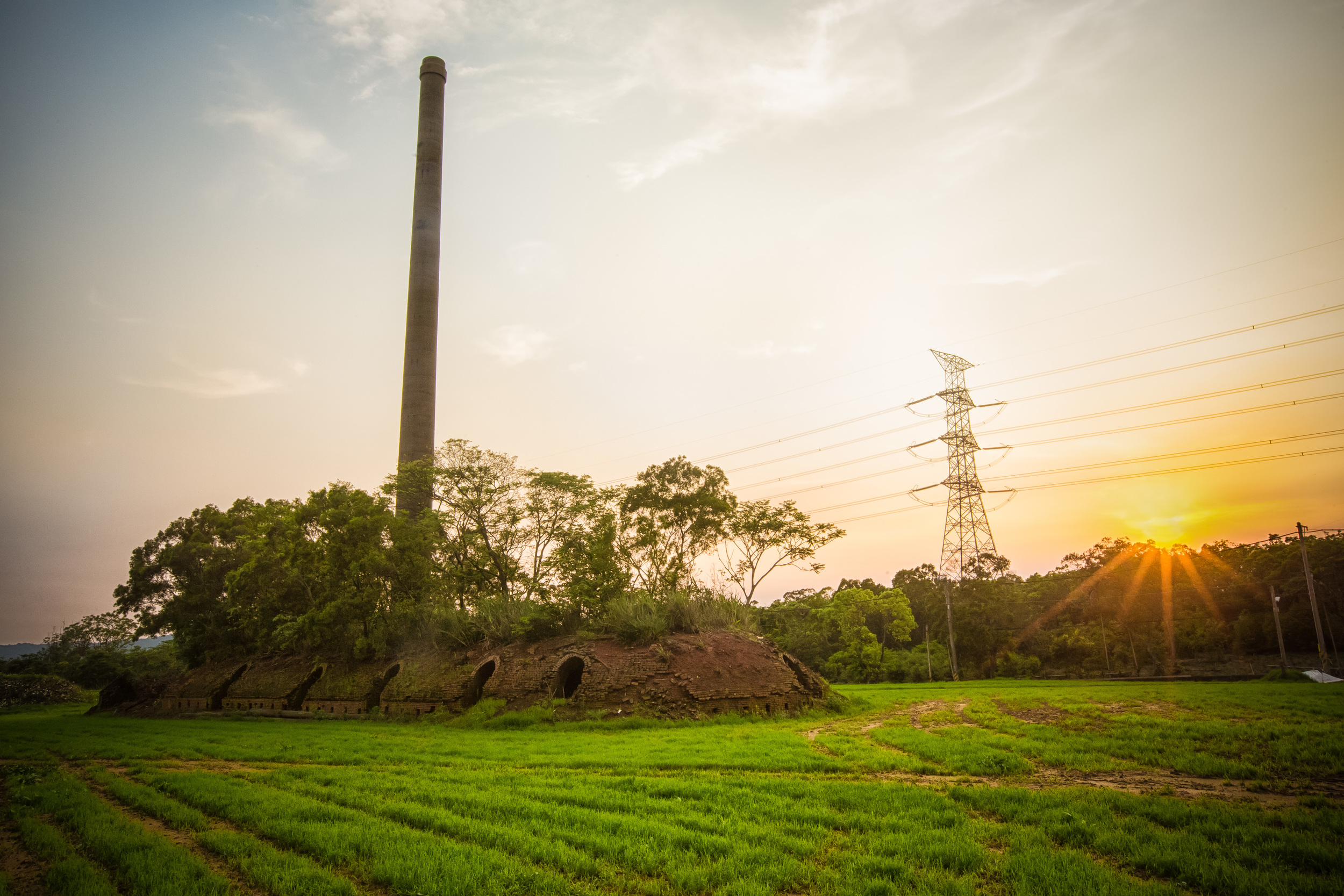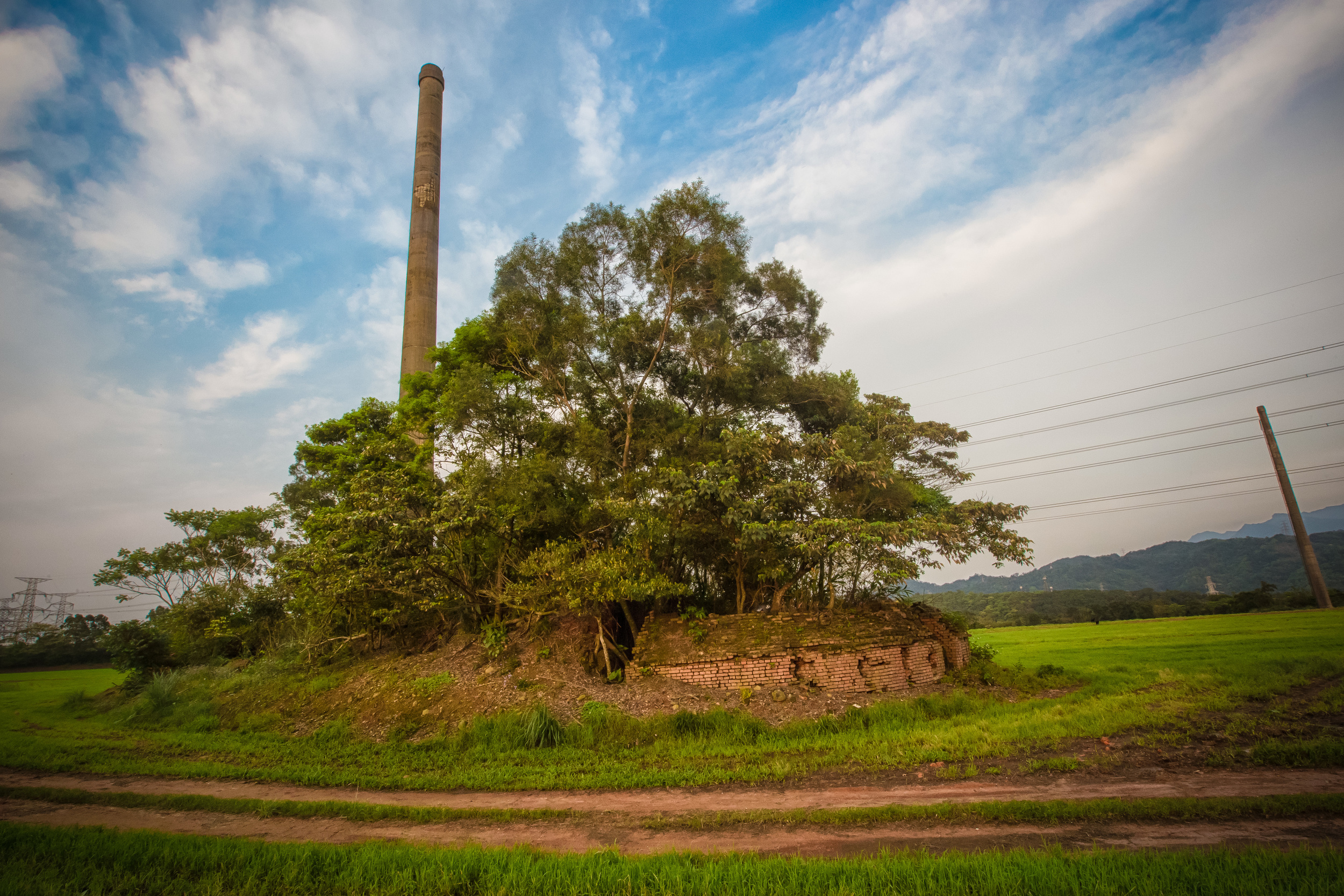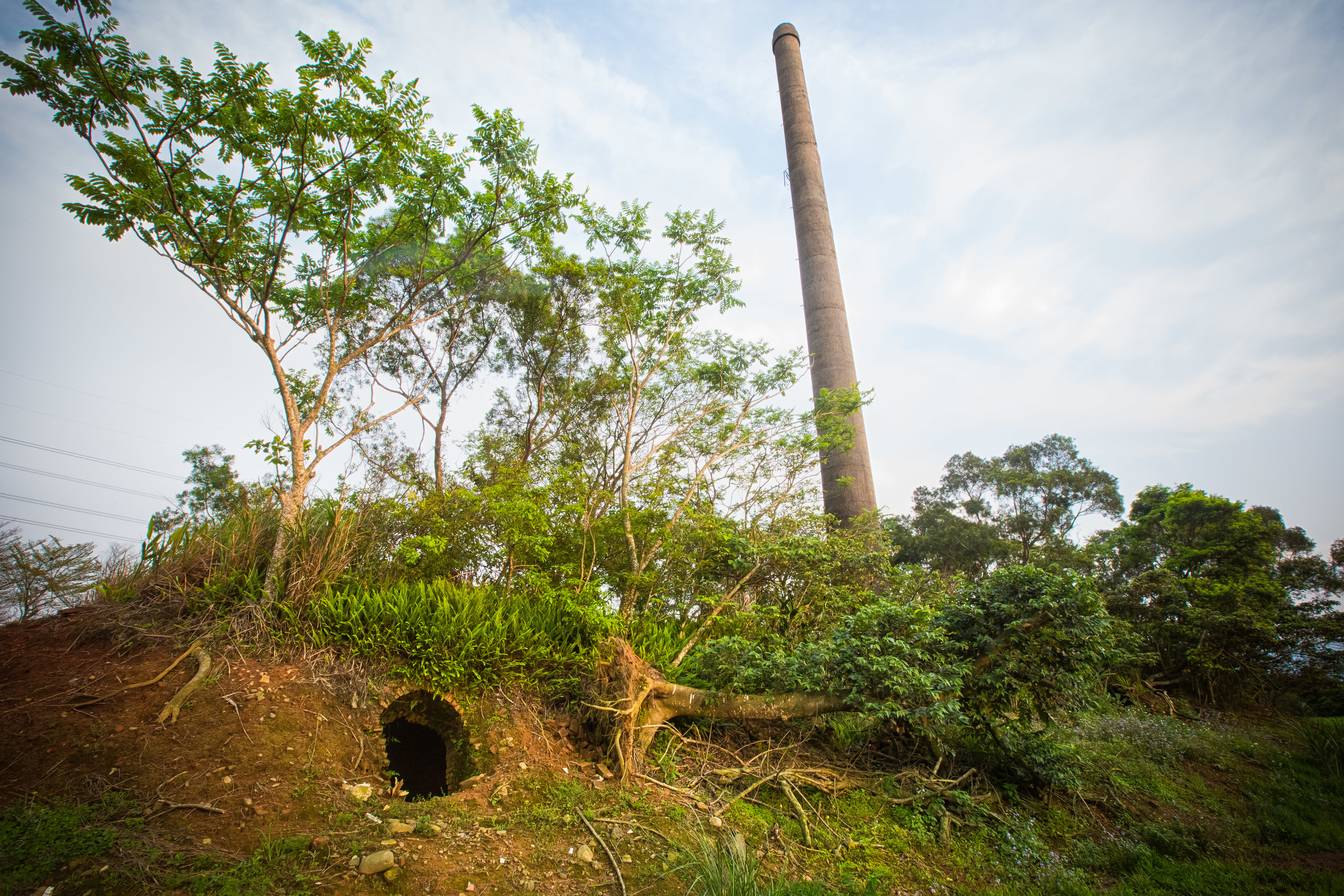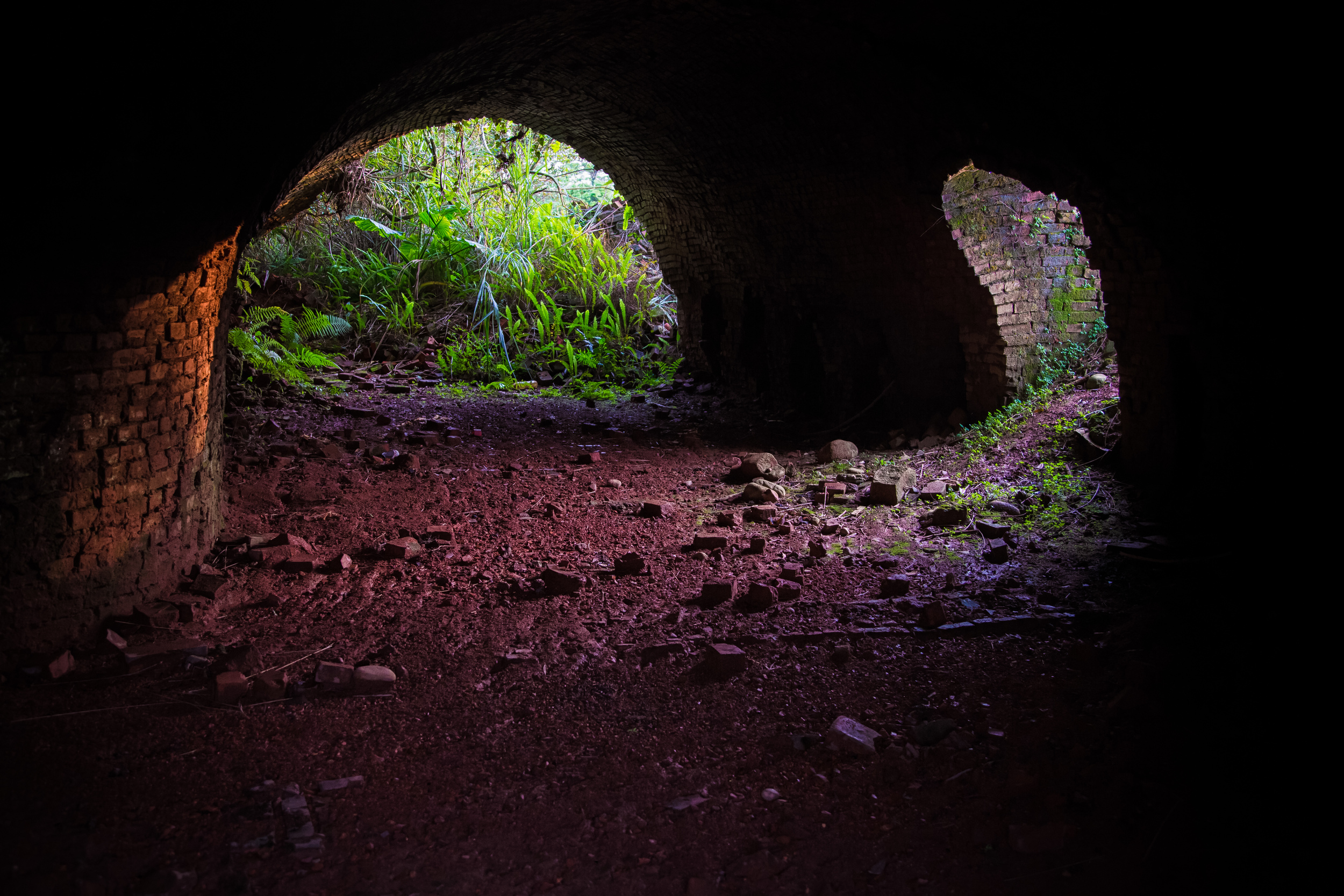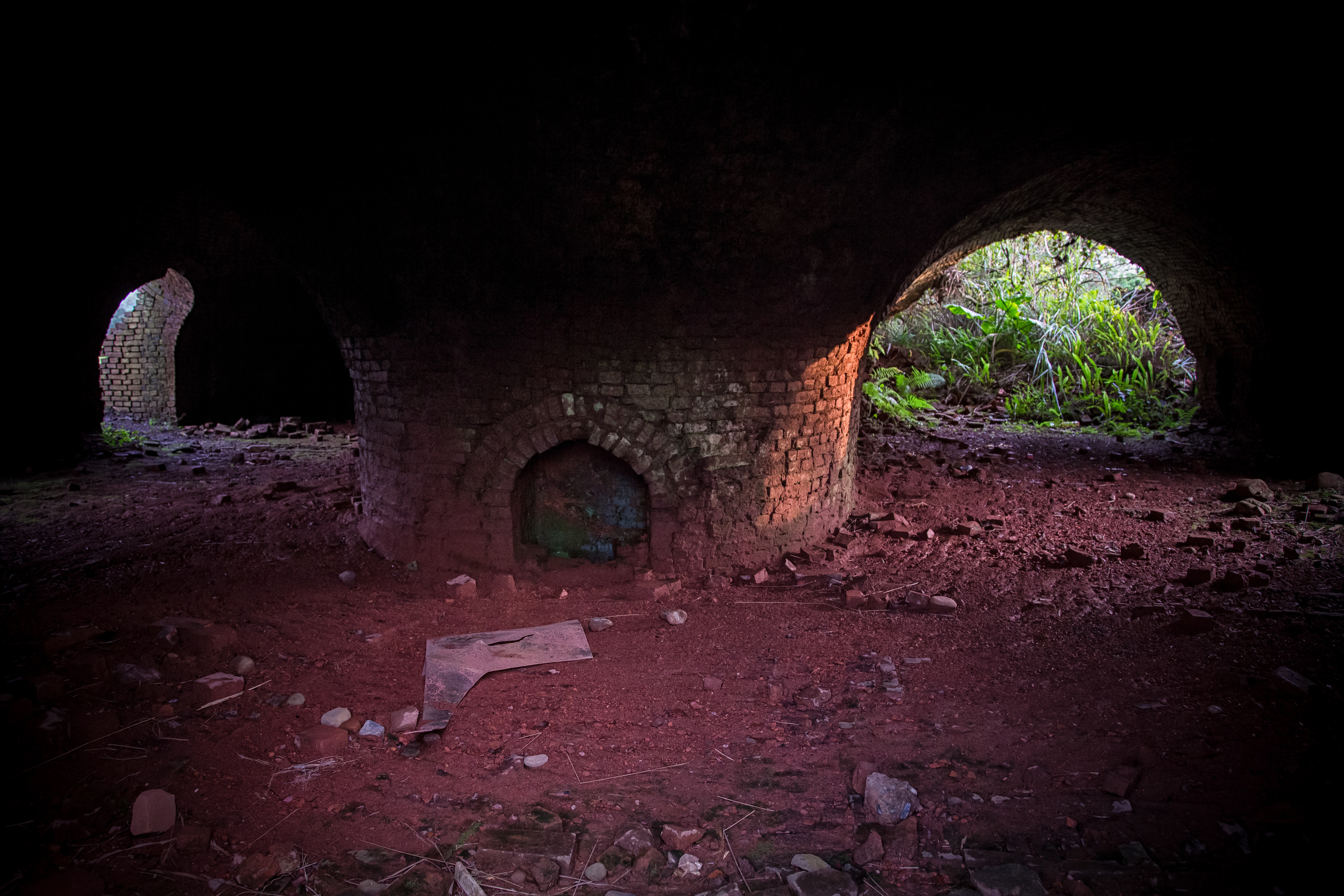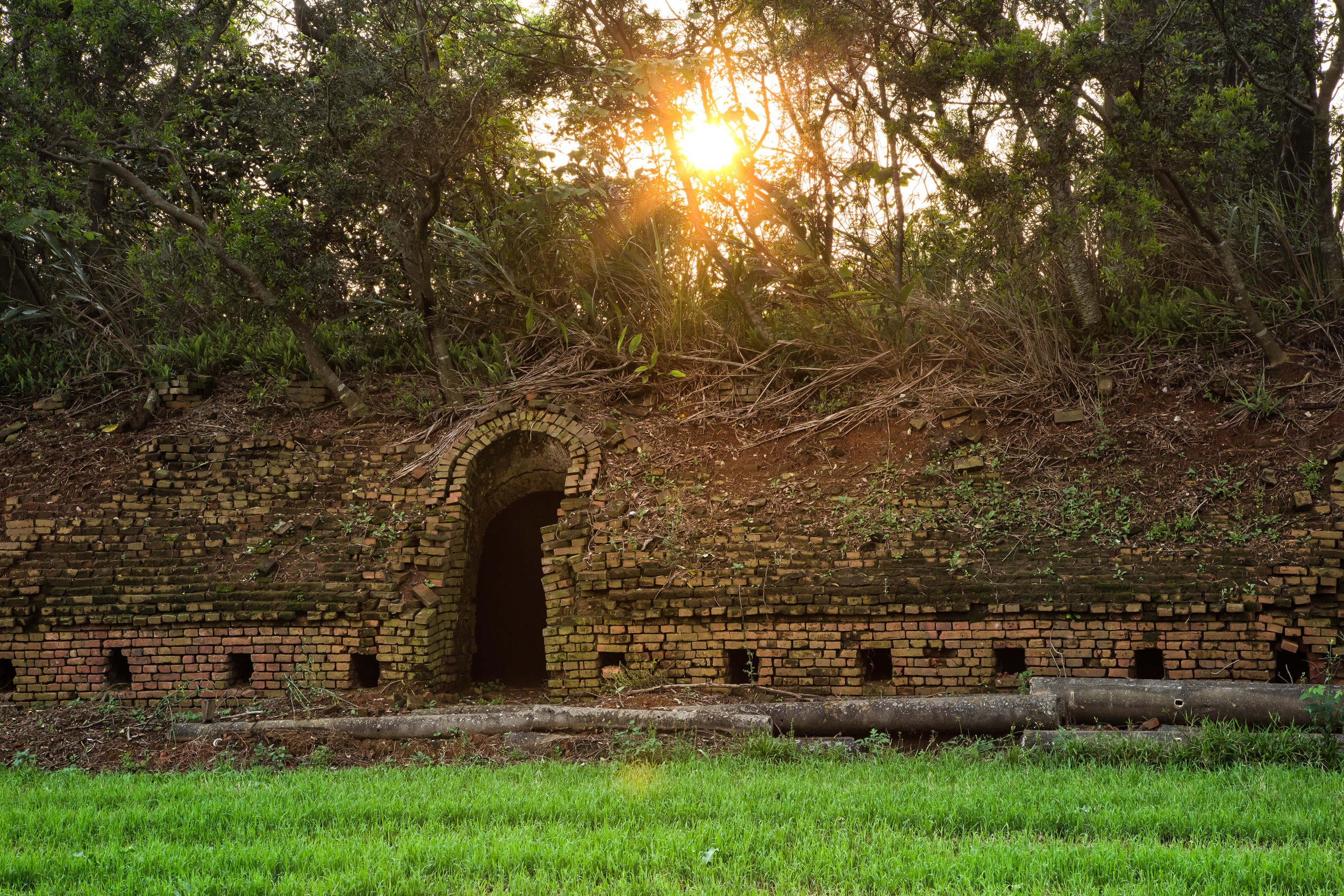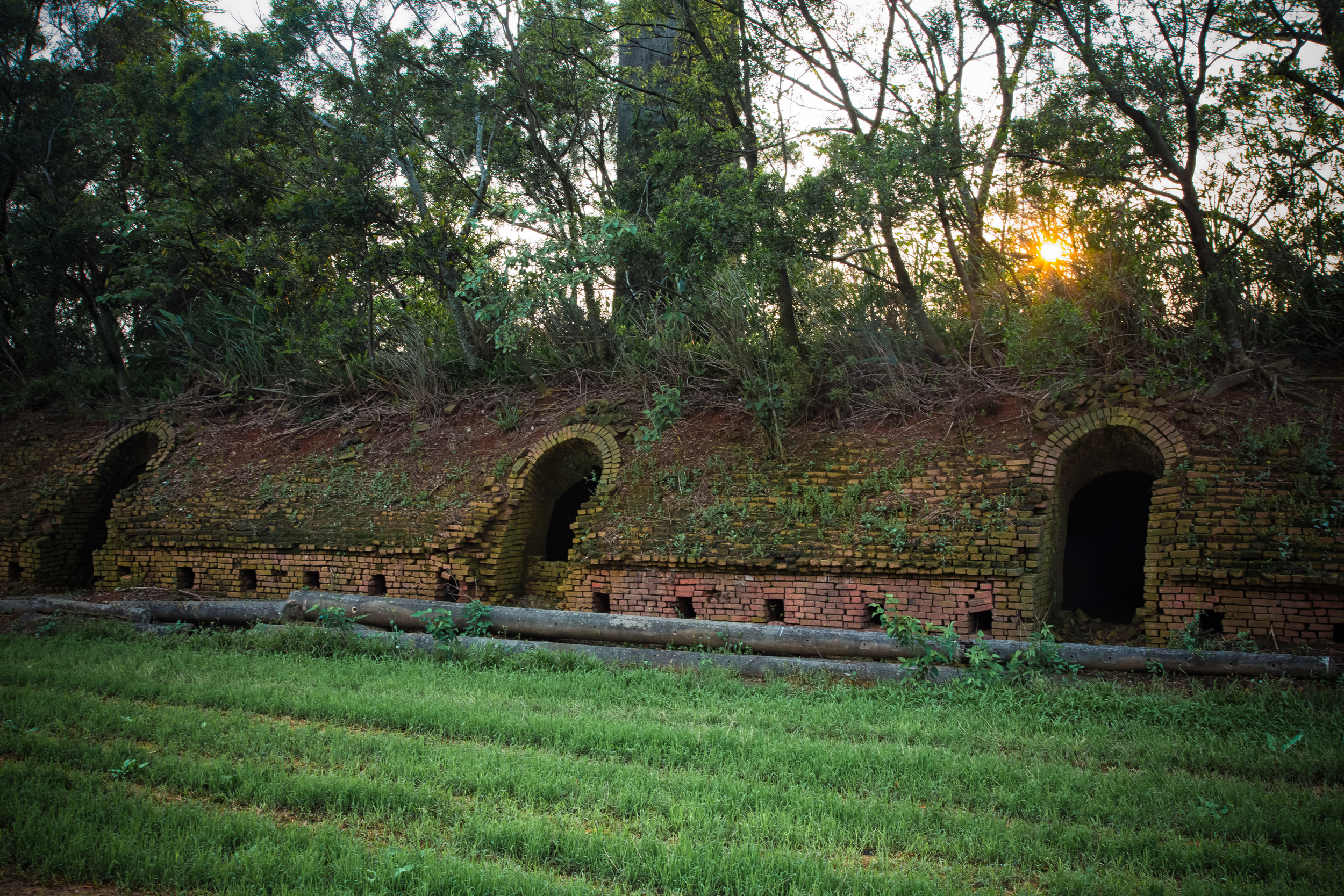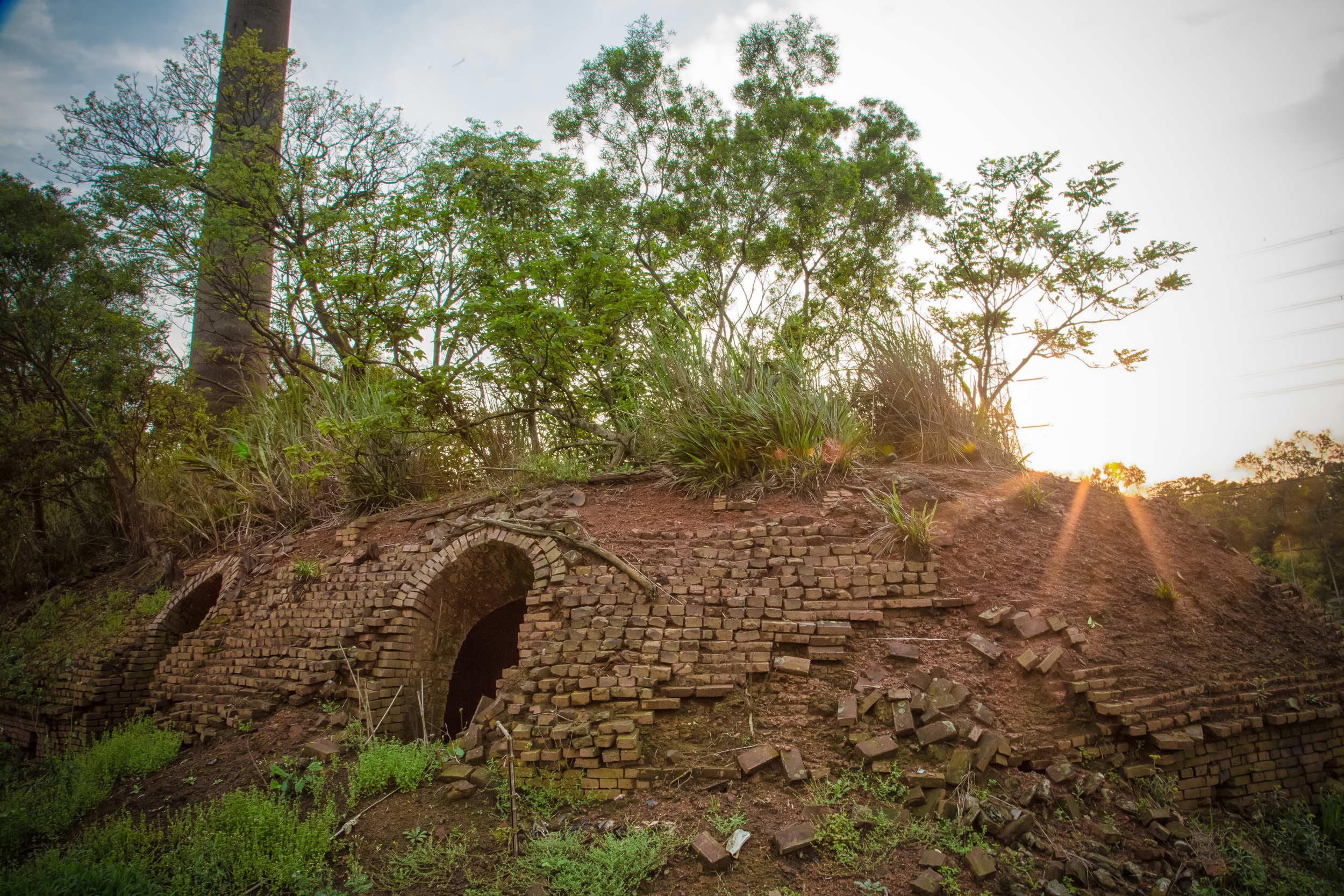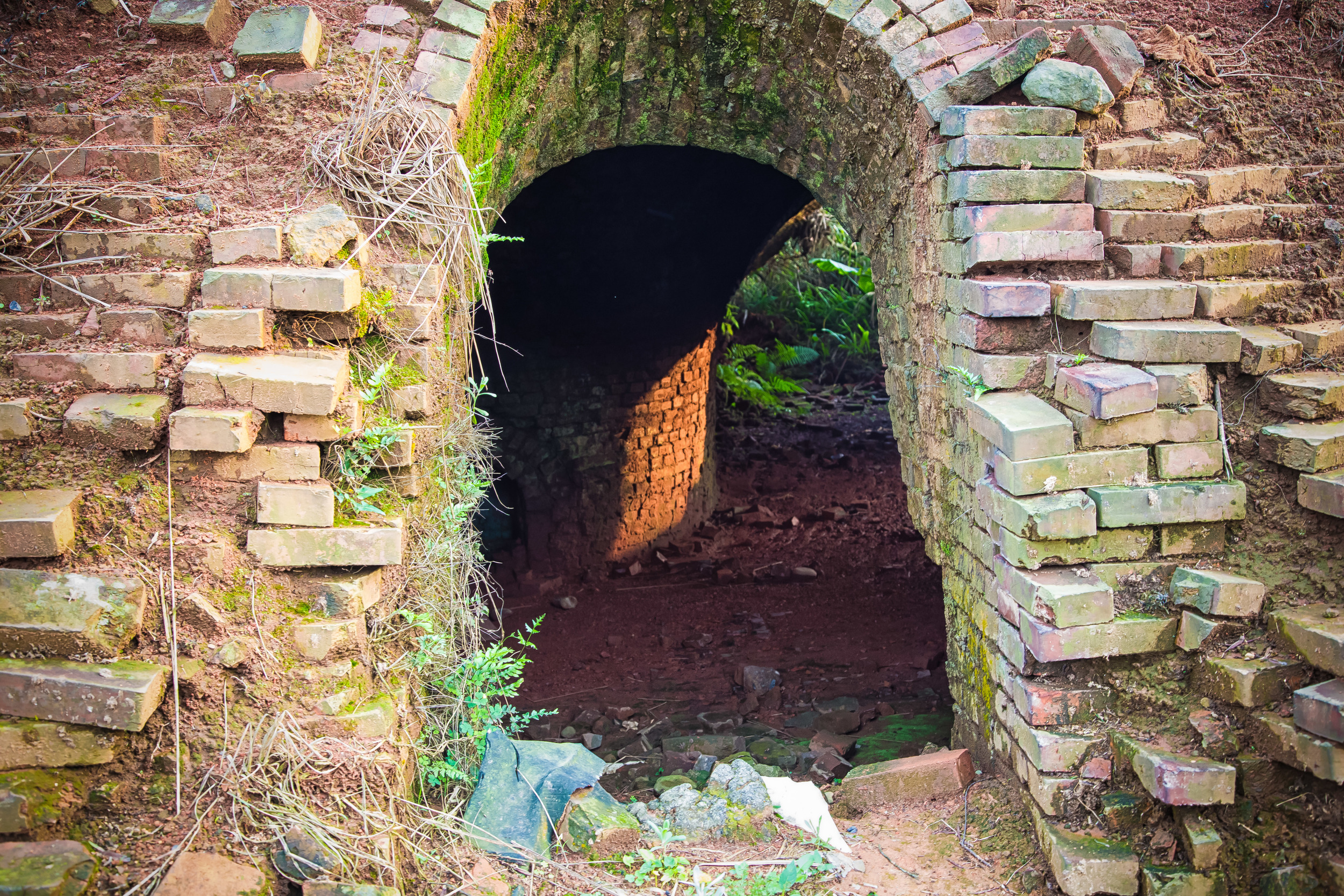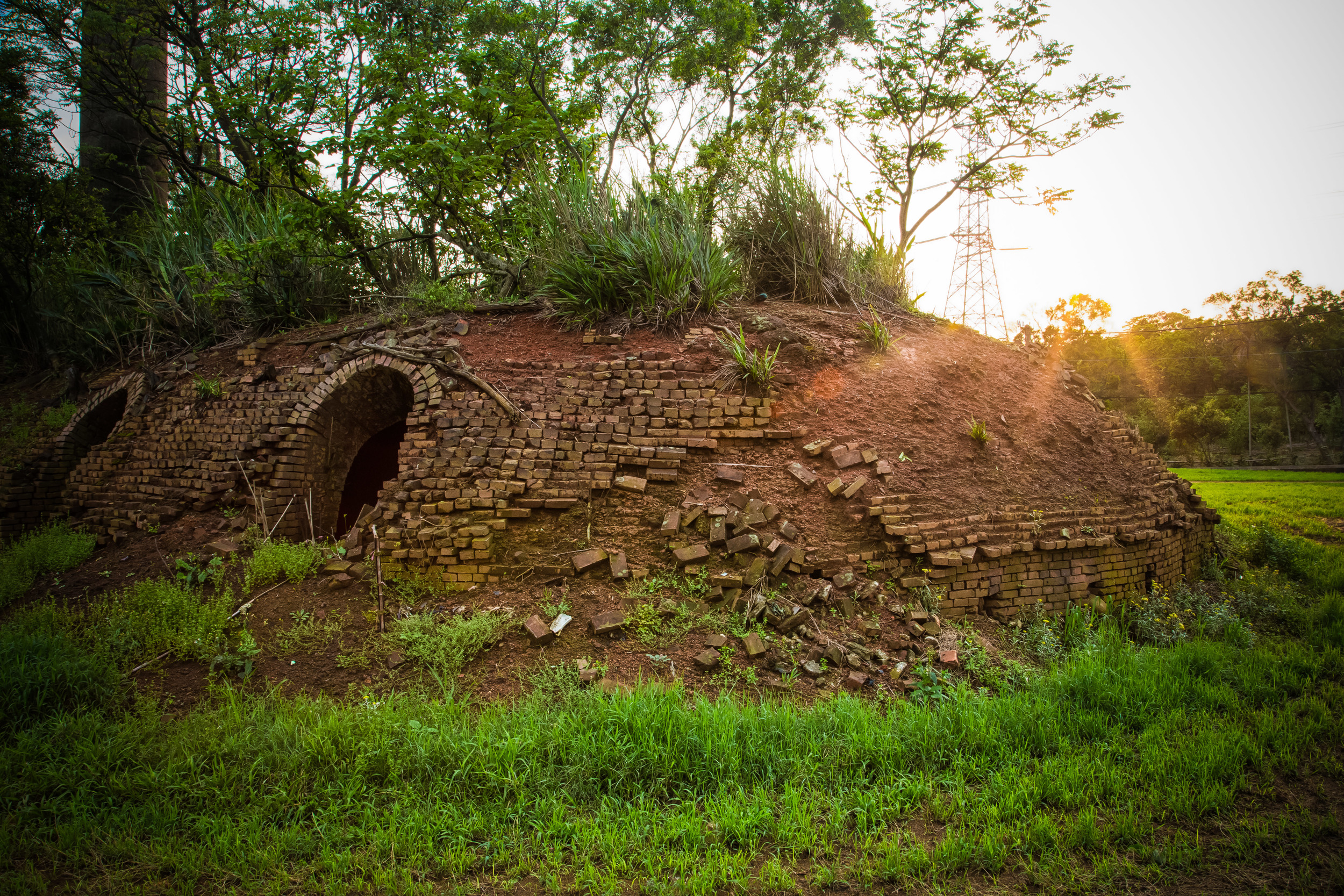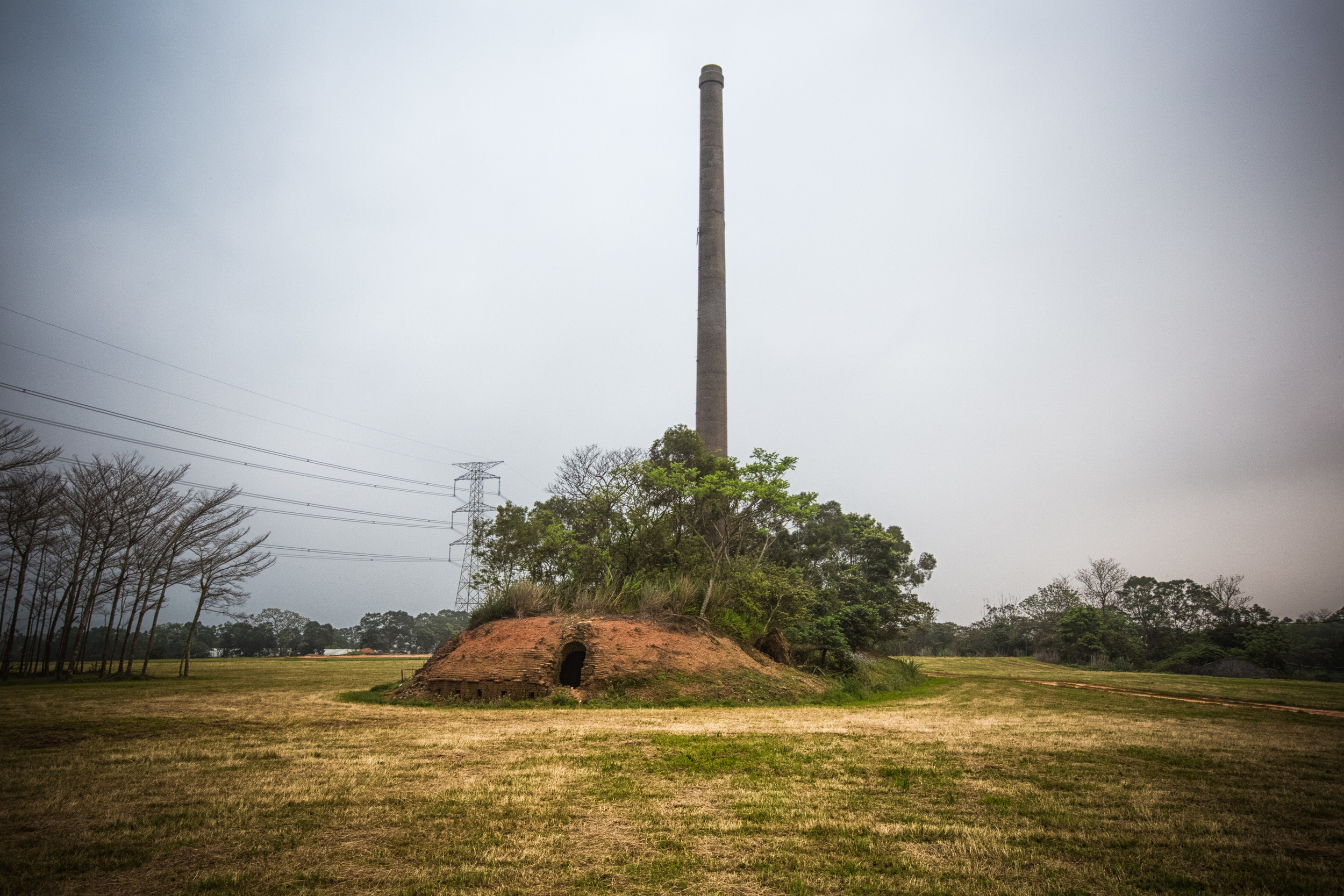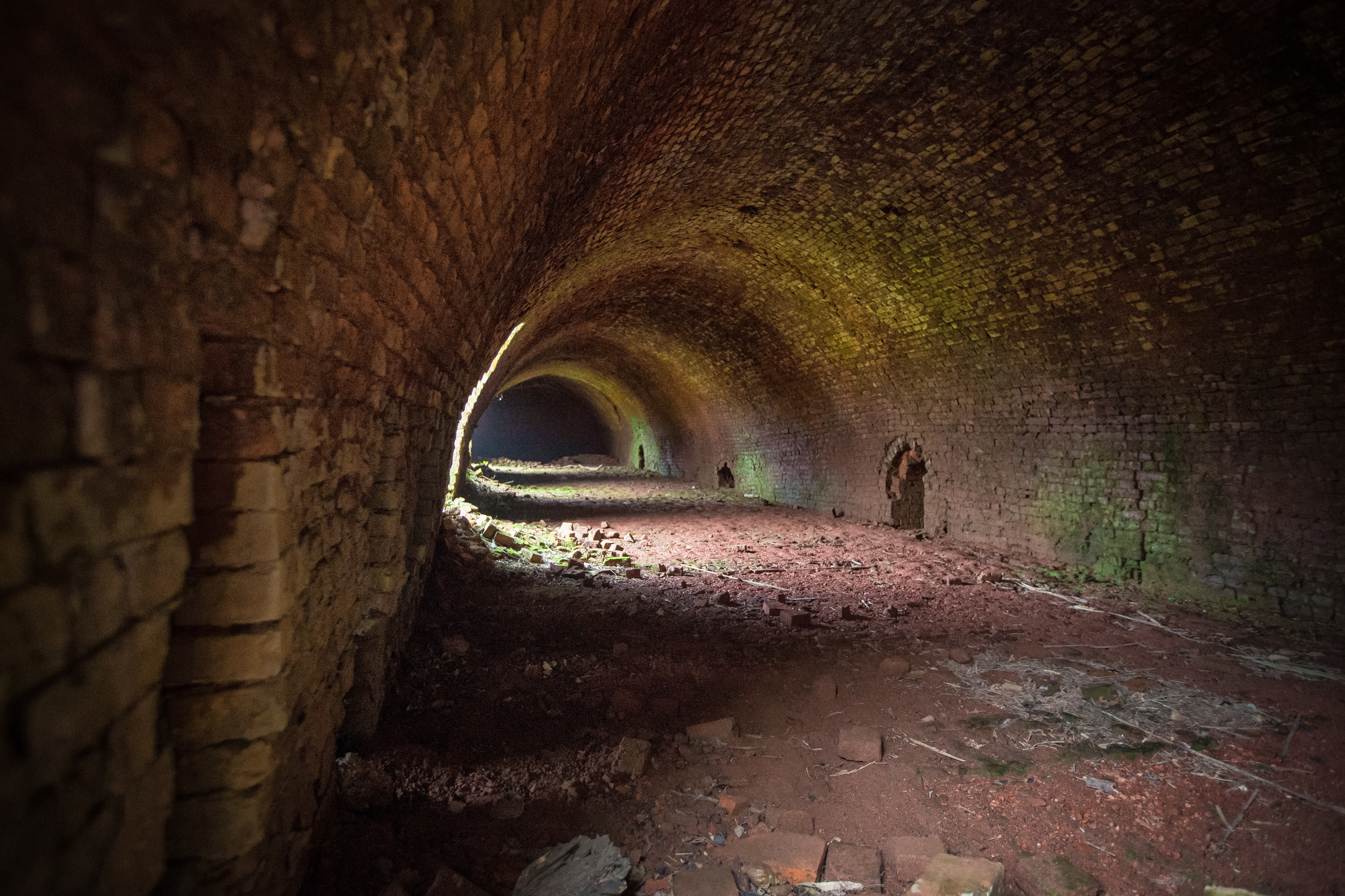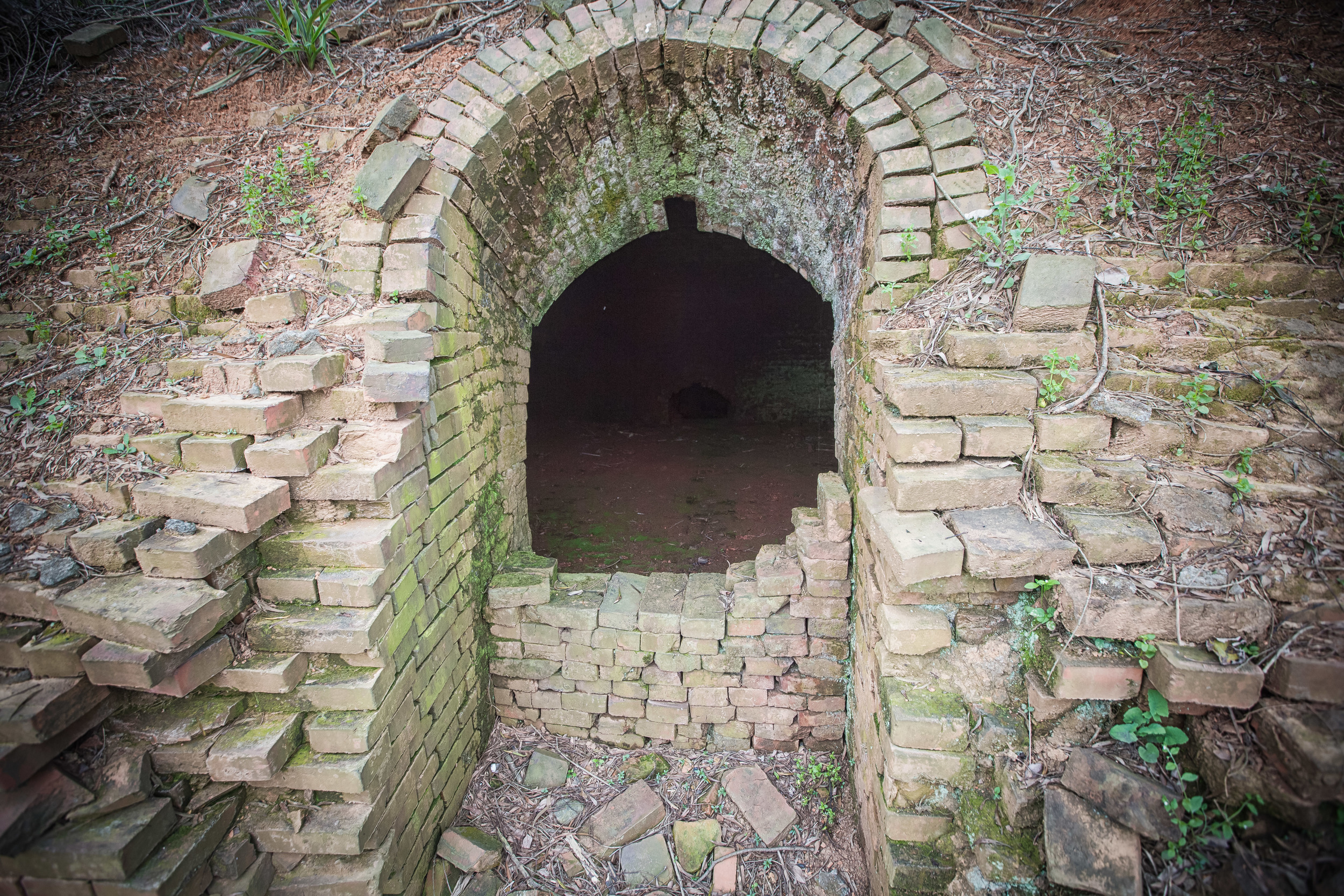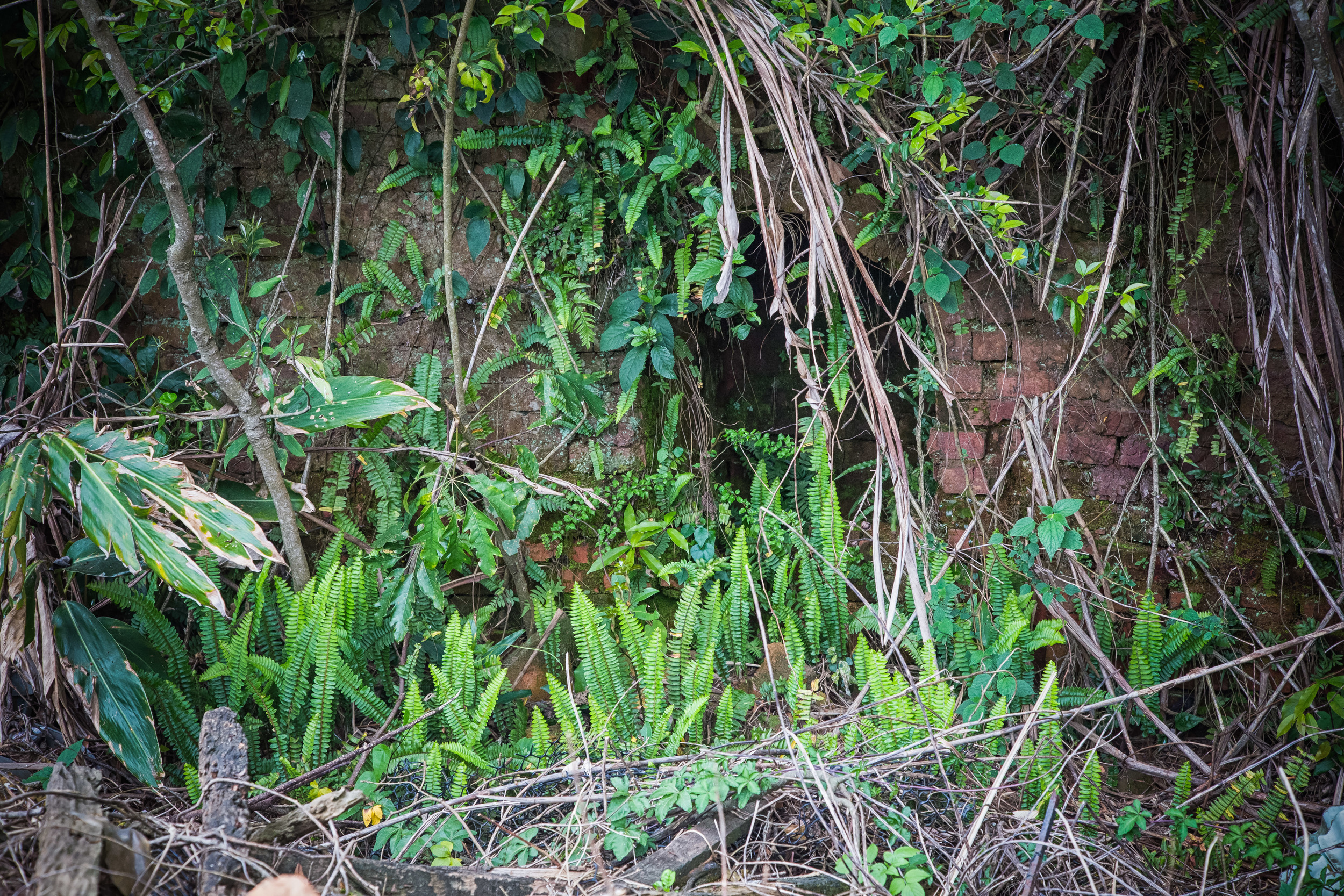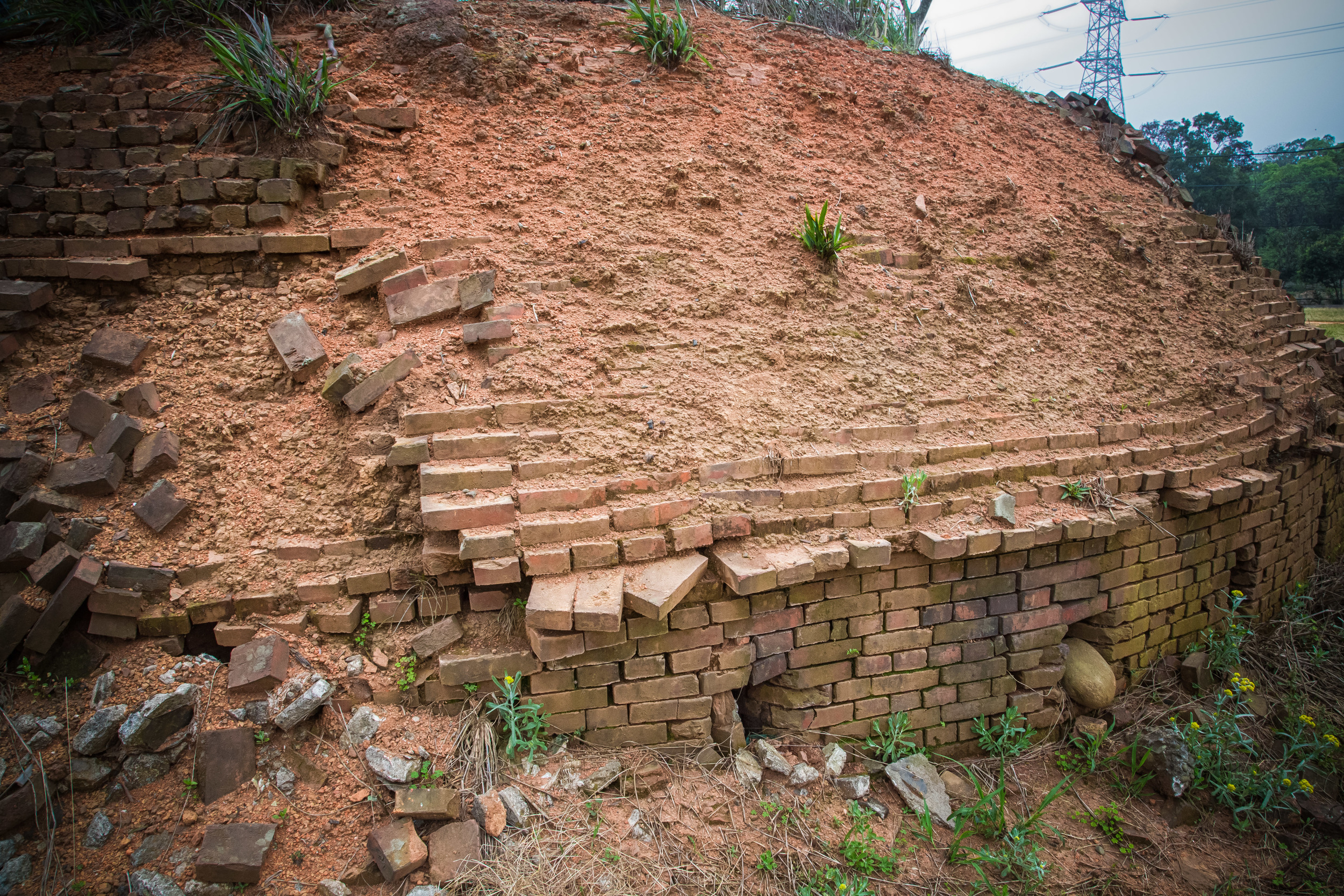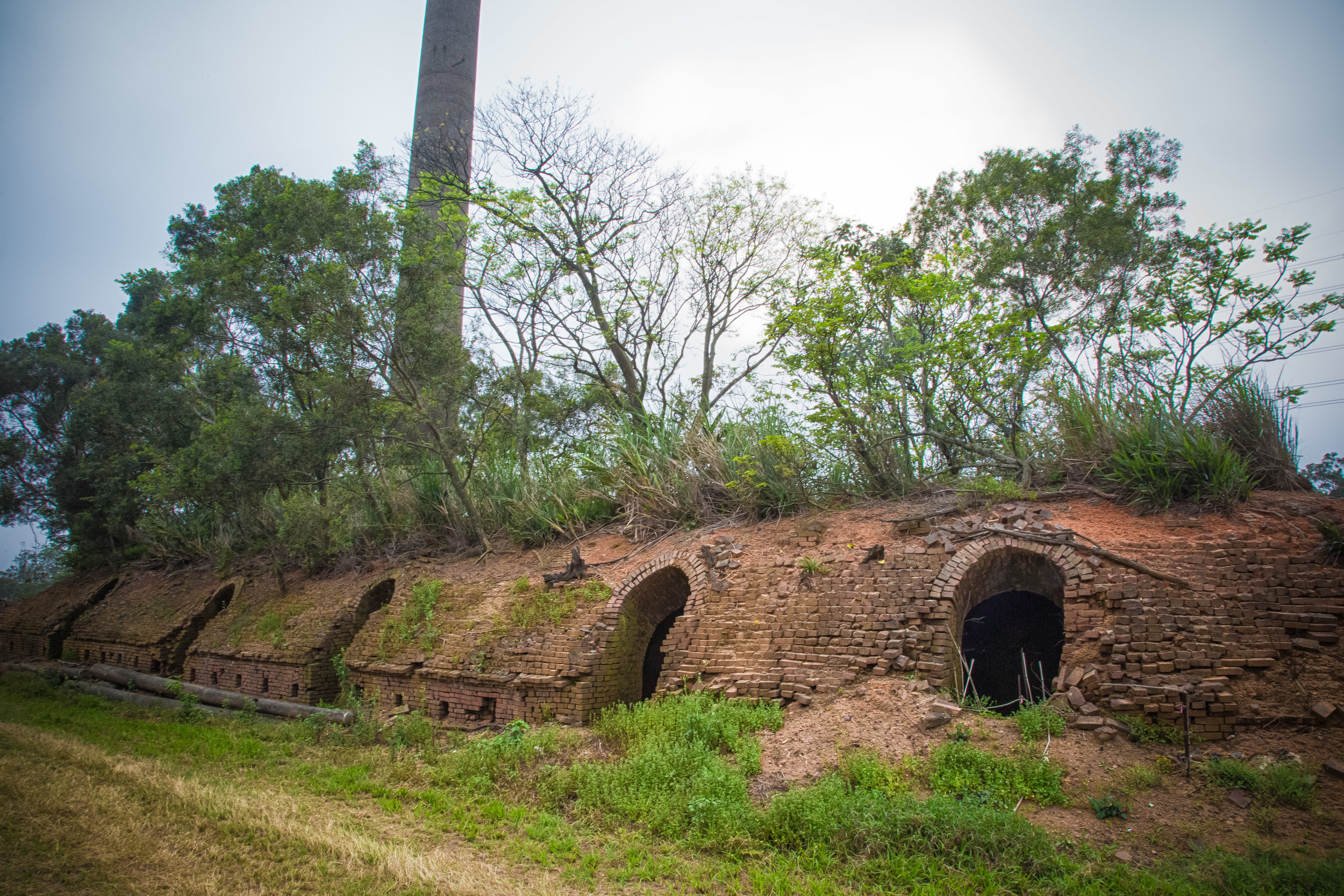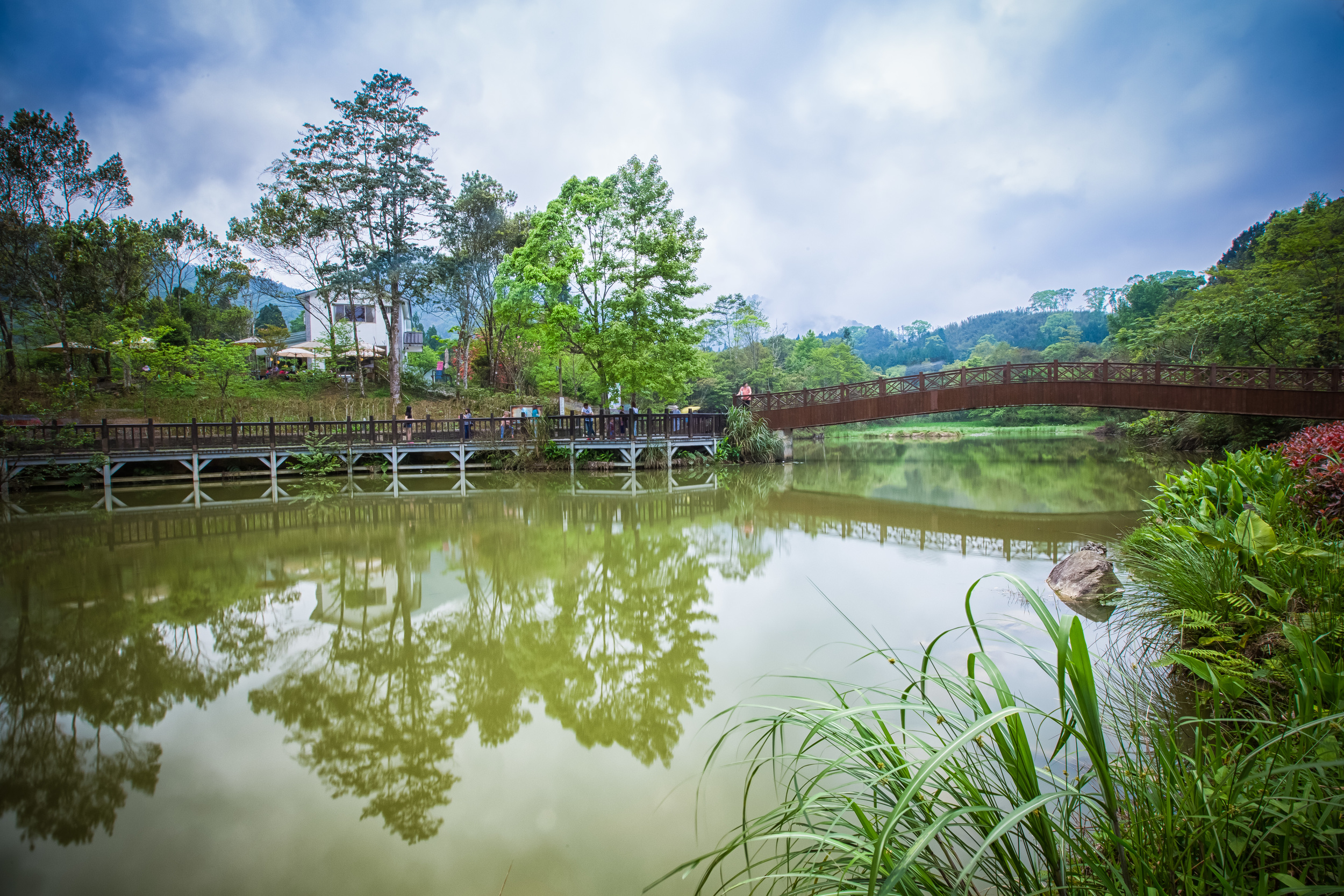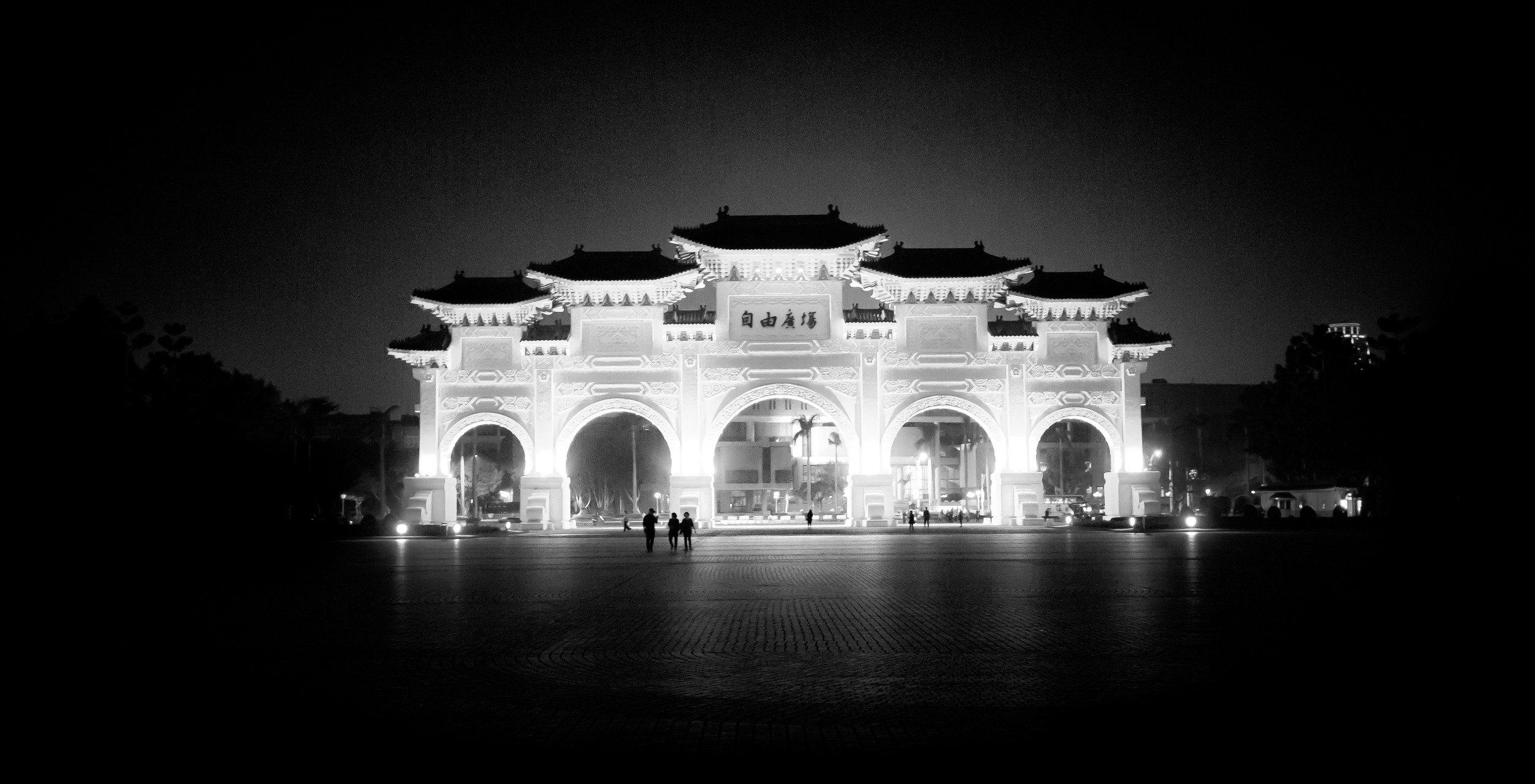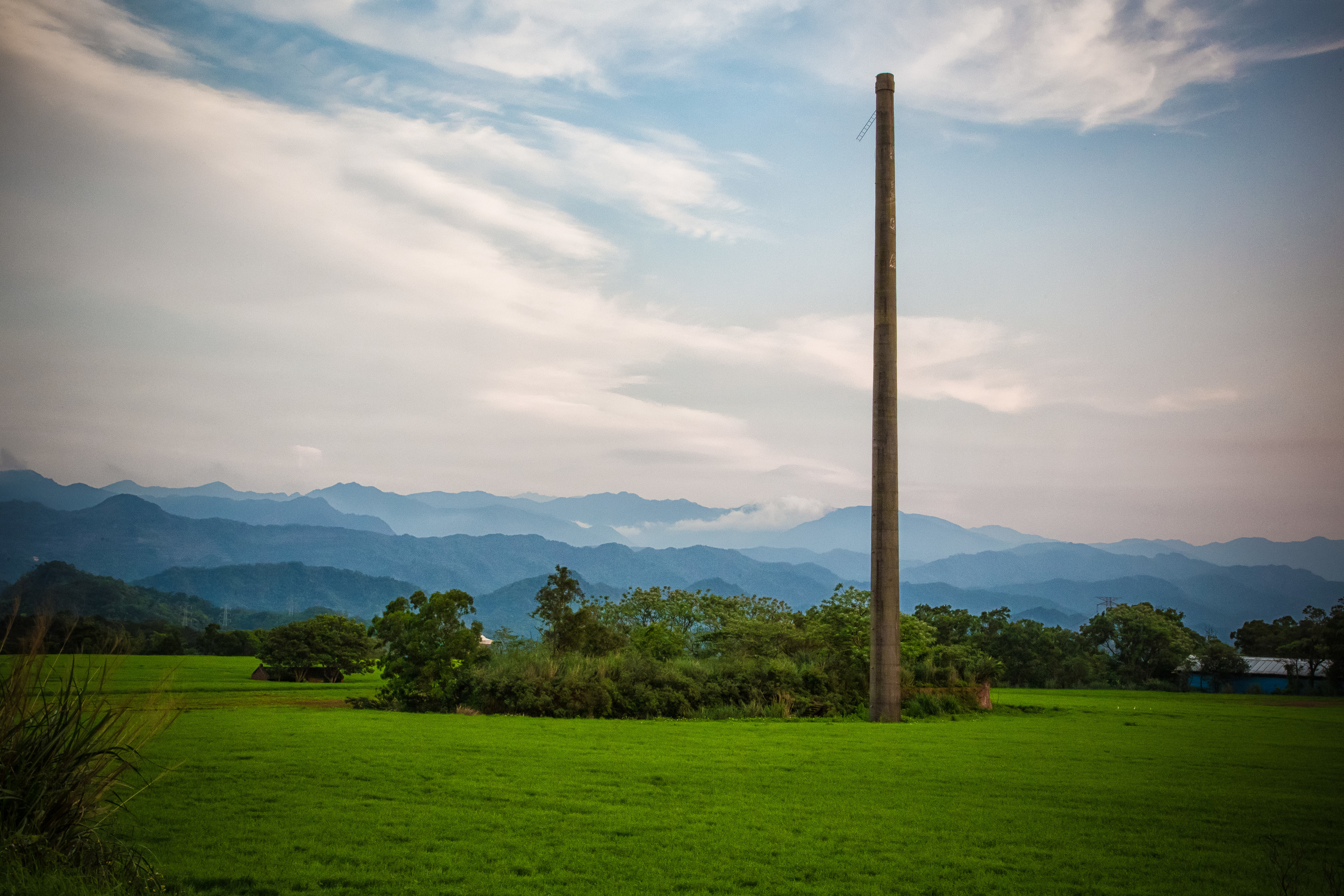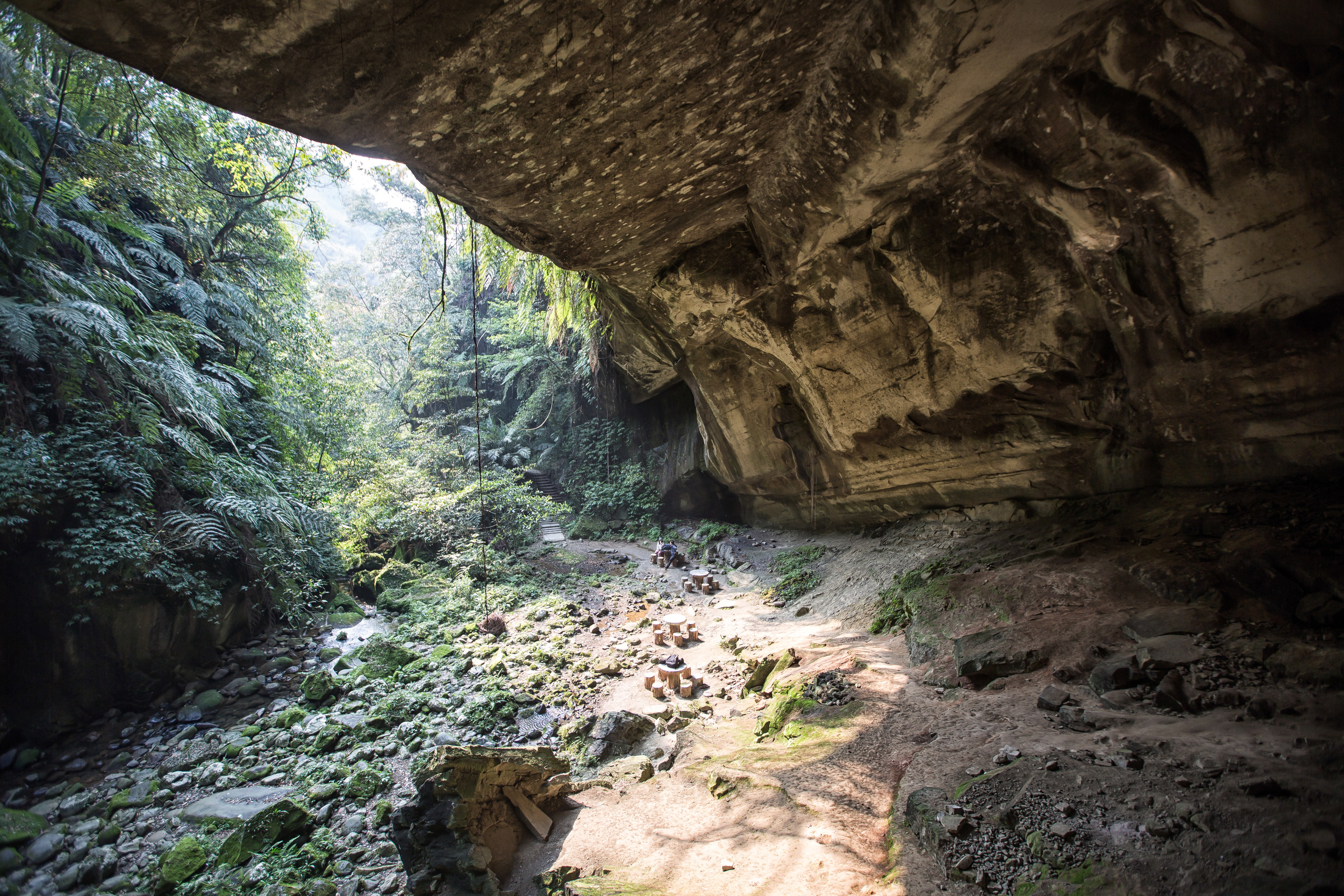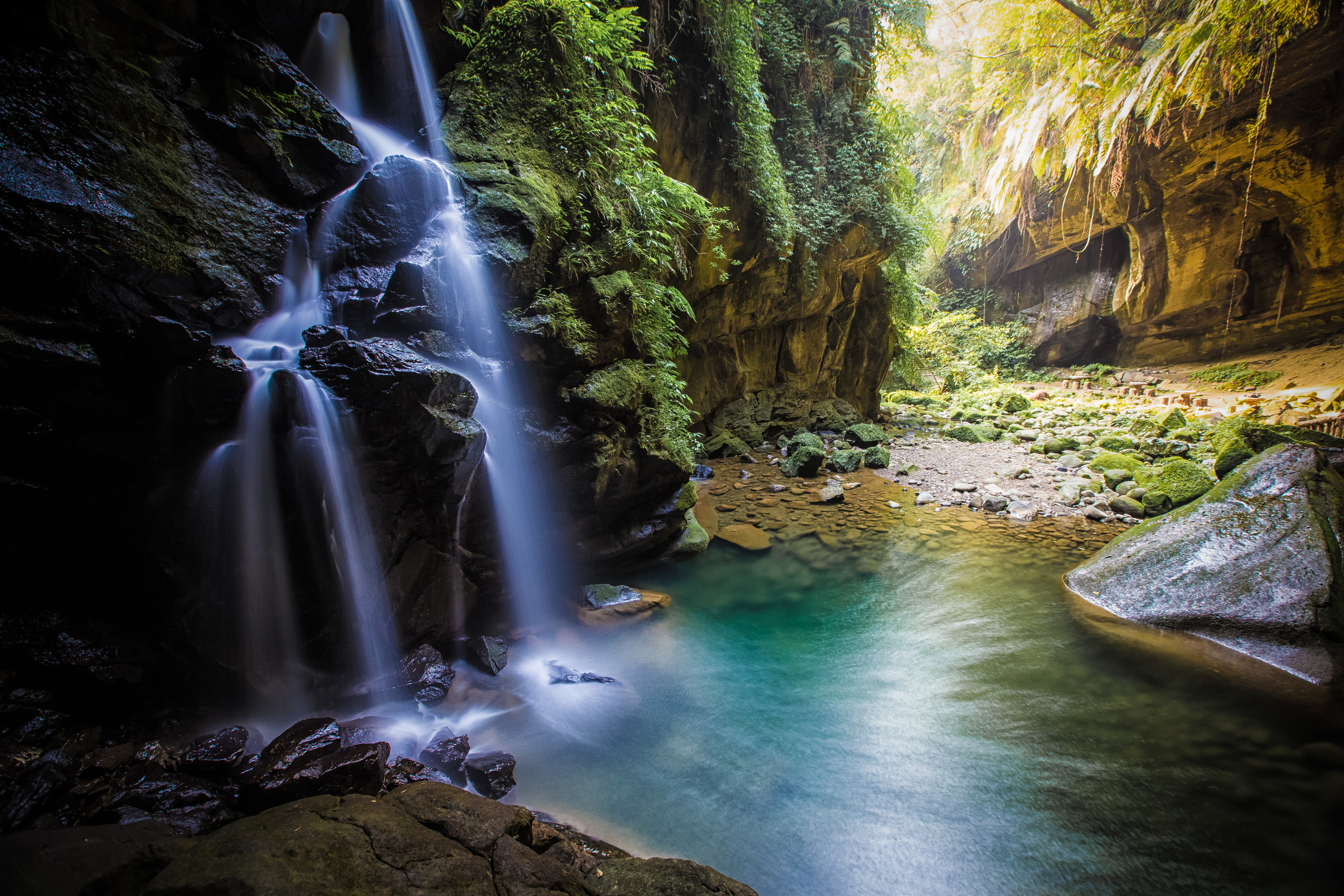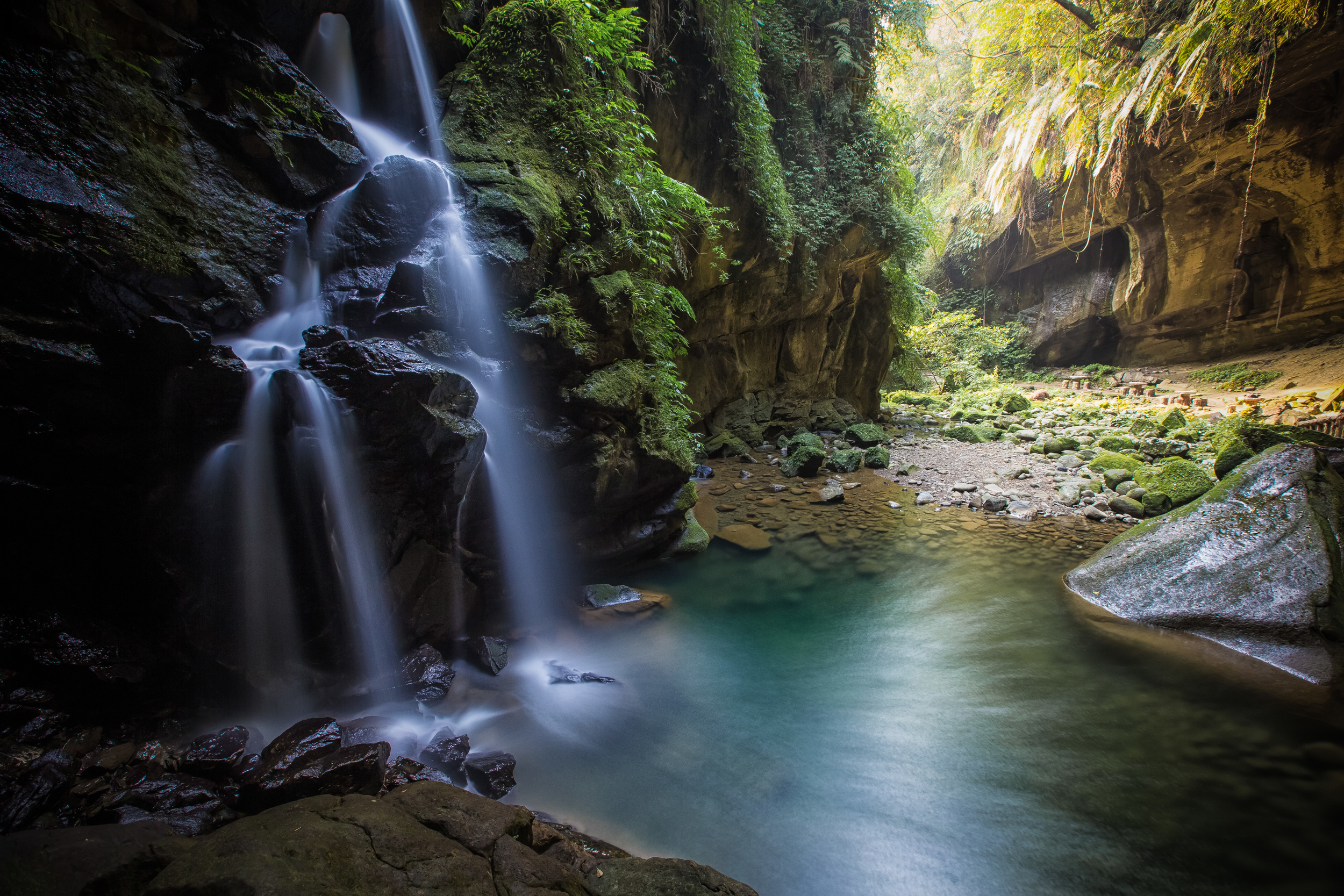A few months ago my friend Alexander Synaptic, the wandering urban explorer moved to what some "professional" photographers in Taipei refer to as "the wilds of Zhongli", the city I've called home for the past decade. While living here only for a few months Alexander explored on his own and ending up taking me places and teaching me about things that I had somehow overlooked or hadn't noticed during my decade of living here.
The city has a bad reputation among expat residents of Taipei who like their Taiwanese counterparts have a tendency of speaking about other areas of the country with their special "天龍國-mentality". Zhongli has been referred to in any number of pejorative ways over the years but the most popular is calling it the "armpit" of Taiwan. This reputation stems a bit from the way people in Taipei look down on the other cities of the country and from the fact that Zhongli has always been an industrial satellite city of Taipei known for its lack of urban planning and the dullness of life here.
It was always a stereotype that irritated me, but my days of defending the city seem soon to be over and so will the inane comments of a few people who rarely leave the safety of their MRT!
Fast forward a decade and it's easy to see that some pretty awesome urban development work has been undertaken by the county government and an extremely successful long-term beautification plan has had a pretty great effect on improving the lives of the people living here.
Taoyuan county has become much more prosperous over the years and a lot of effort has been spent on the "Taoyuan Metropolis" project making the newly amalgamated supercity a green one that is attractive to residents of Taipei who want to live close to the city, but avoid the sky-rocketing price of real-estate there.
As things started to improve around here I slowly forgot about the old stuff, the stuff that made Zhongli what it was for so long and helped to earn its reputation among the Taipei elite. Having Alexander live here reminded me a bit of the days of when I first arrived and was more of an explorer. Things that I had become accustomed to became normal and unattractive suddenly became interesting again and I have to thank him for that!
A few weeks ago Alexander happened to be taking a train back up to Taipei from the south of the country and decided to stop into Zhongli for some of his favourite beef noodles (Zhongli is the birthplace of the dish), a beer and a chat before heading back on the last train to Taipei. Just after getting off the train and meeting up he looked at me and said: Hey wanna see something cool?
Alexander's kind of "cool" is much different than most and it quickly found us walking on the rooftop of the Caishen Building (財神大樓), one of the biggest eyesores in the city and is what will probably (unfortunately) become your first impression of the city if you travel by train. Residents of the city have been waving their fists in its general direction for years as it is one of the reminders of what the downtown core of the city used to be like.
I never would have imagined that the ugliest building in the city happened to overlook the Zhongli Train Station (中壢車站) and the rotary in front of it. The train station is basically the center of town and is part of a transportation hub that will soon include the High Speed Rail, Airport Link and Taoyuan MRT as well as having a large bus terminal pretty much next door.
The photos I'm posting today are all long exposure shots of that area and I have to thank Alexander for showing me this great view in the first place!
I've been pretty sarcastic in my wording throughout this post - but after a decade of living here and calling this city home, I feel like I've earned the right to be sarcastic, especially from the never ending jeers I receive from people who don't really know much about the area.
The local government has done a great job in improving the city and coming from someone who studied development in university, I hope that they continue along this path making this area a much greener and more beautiful place to live!
